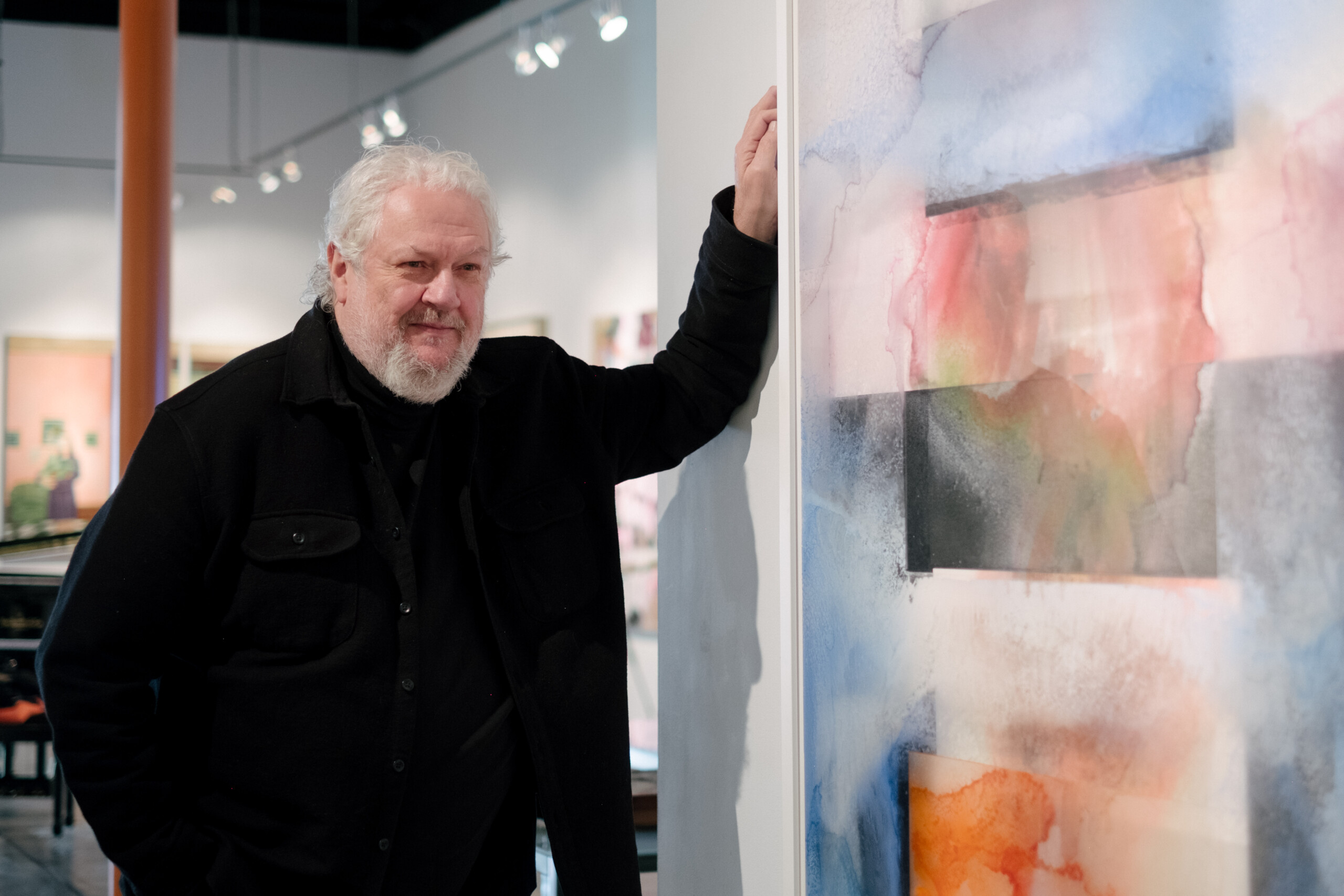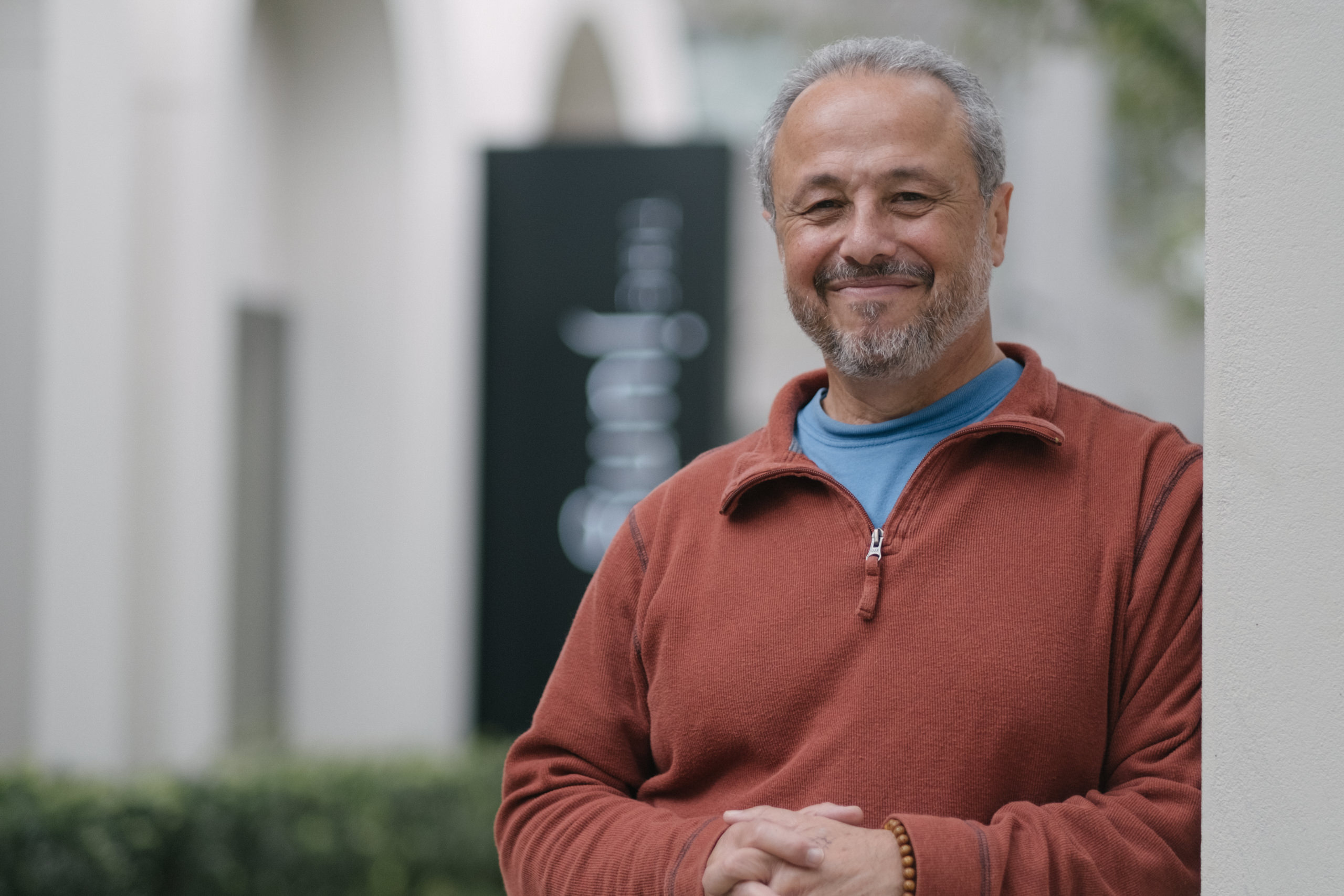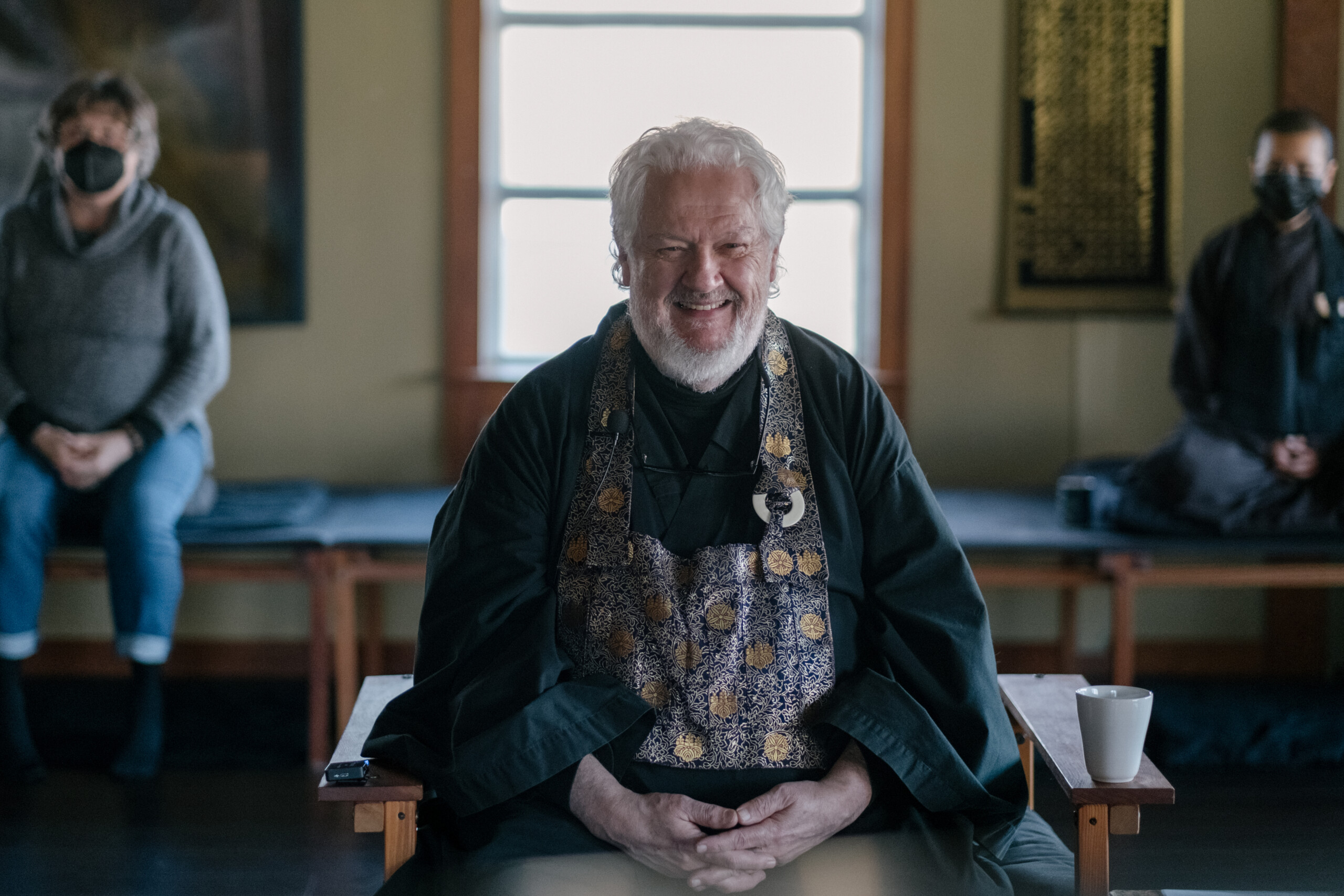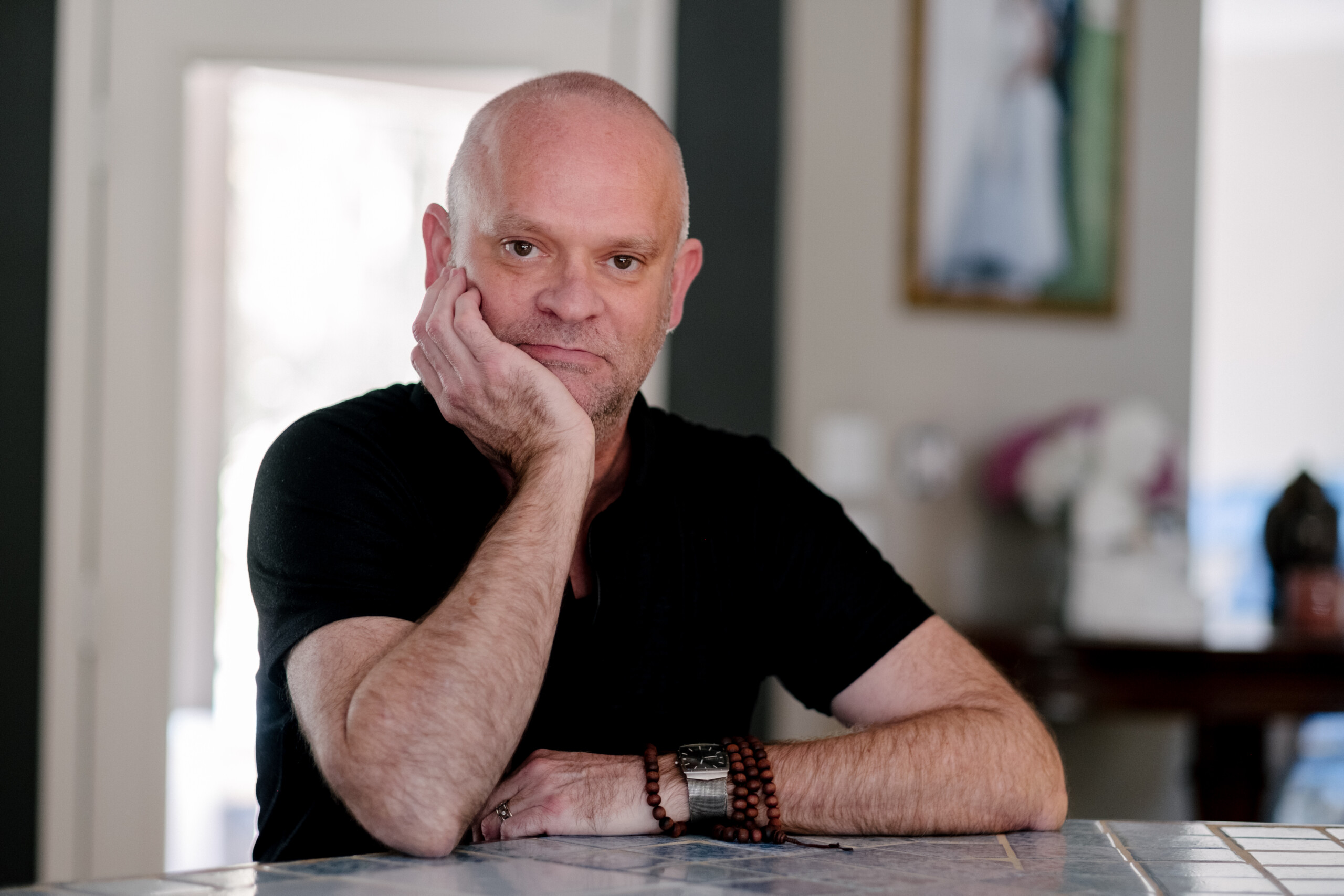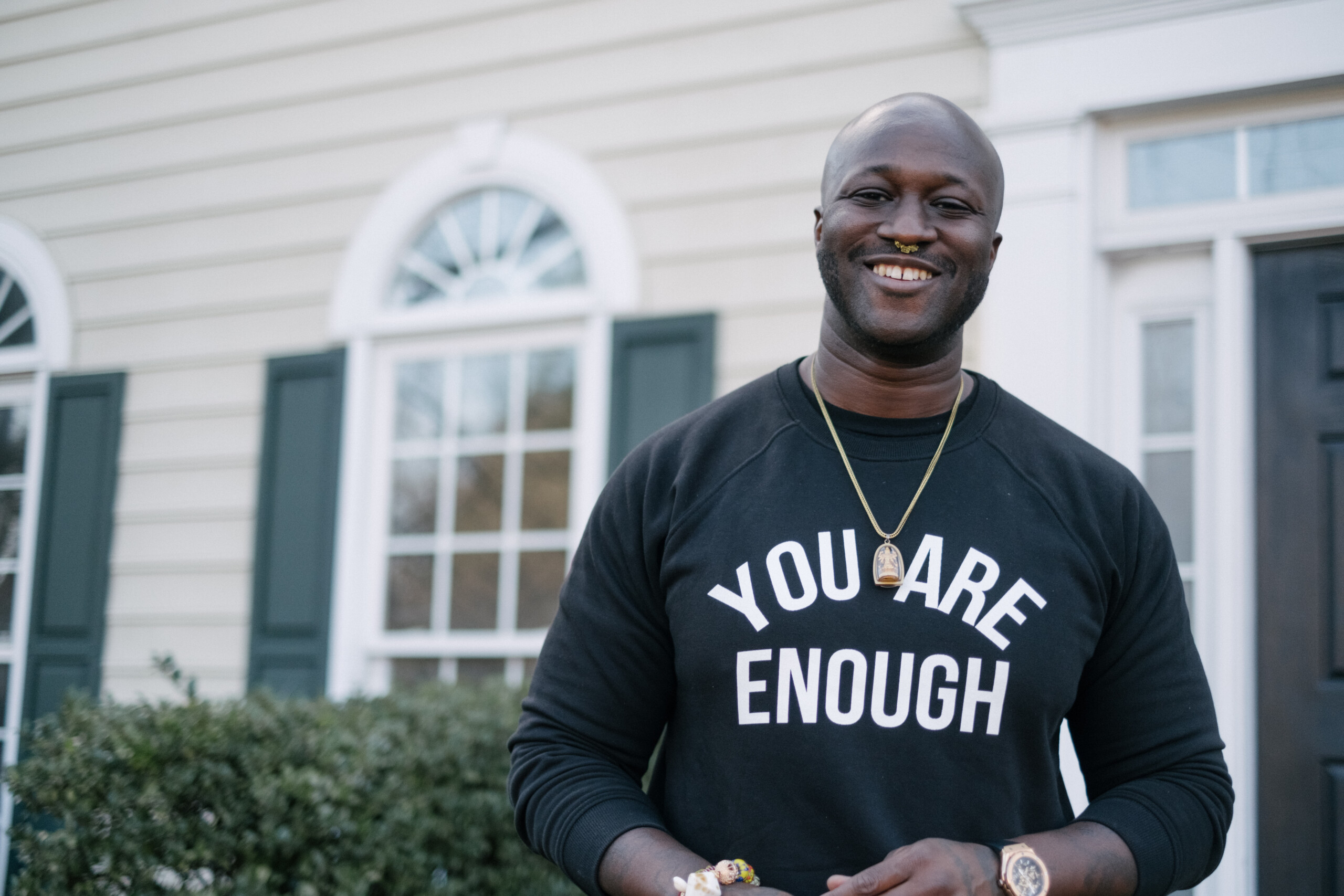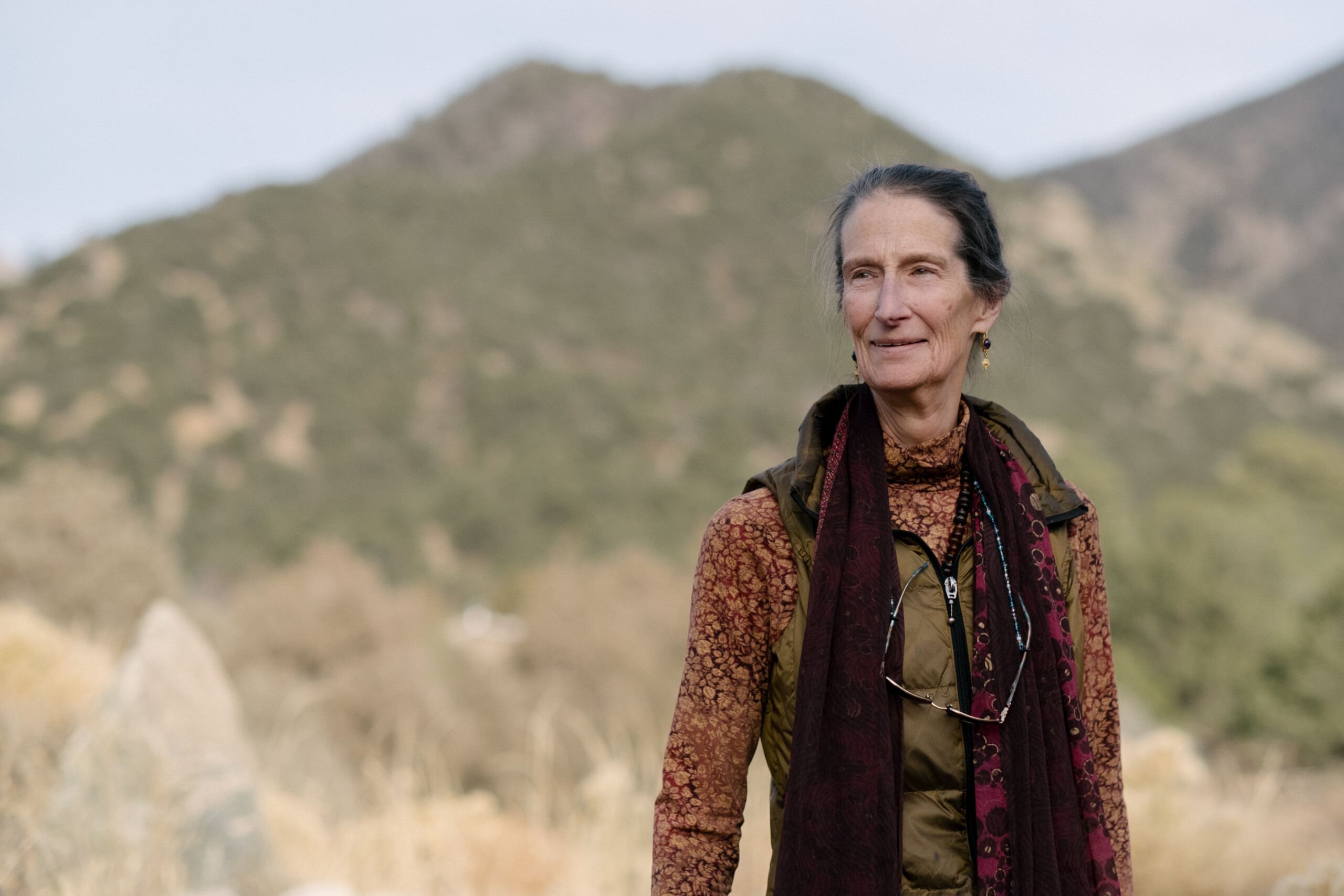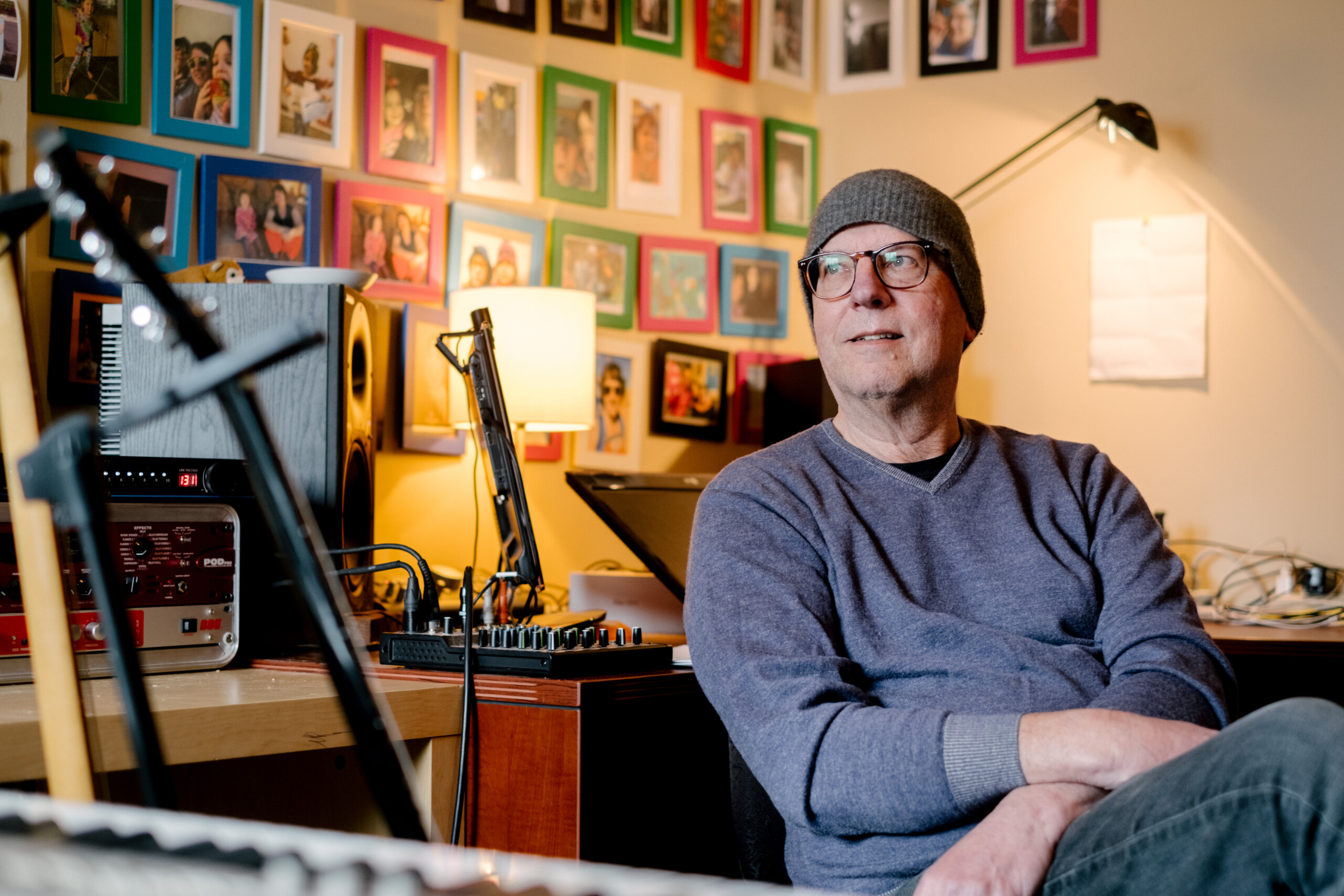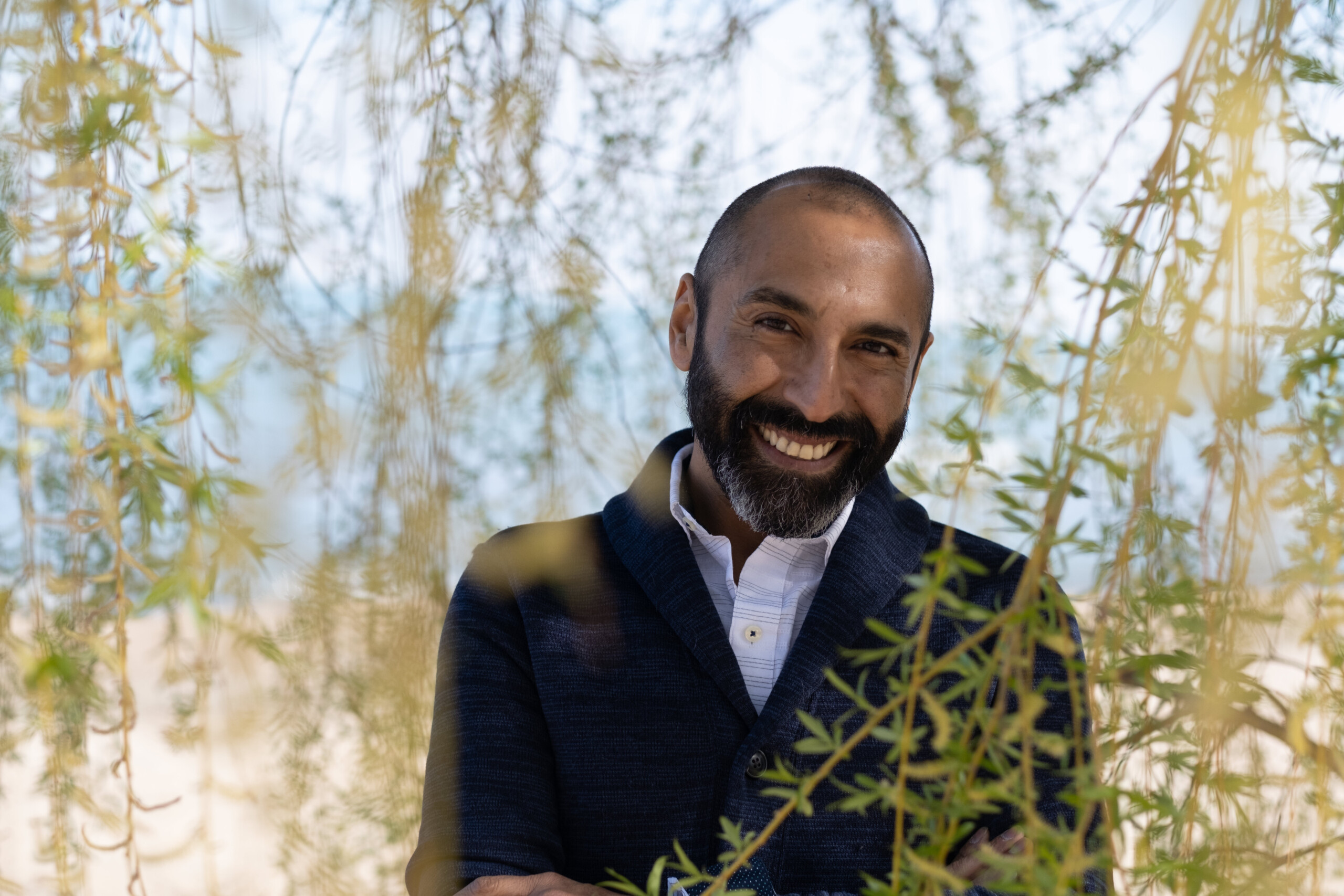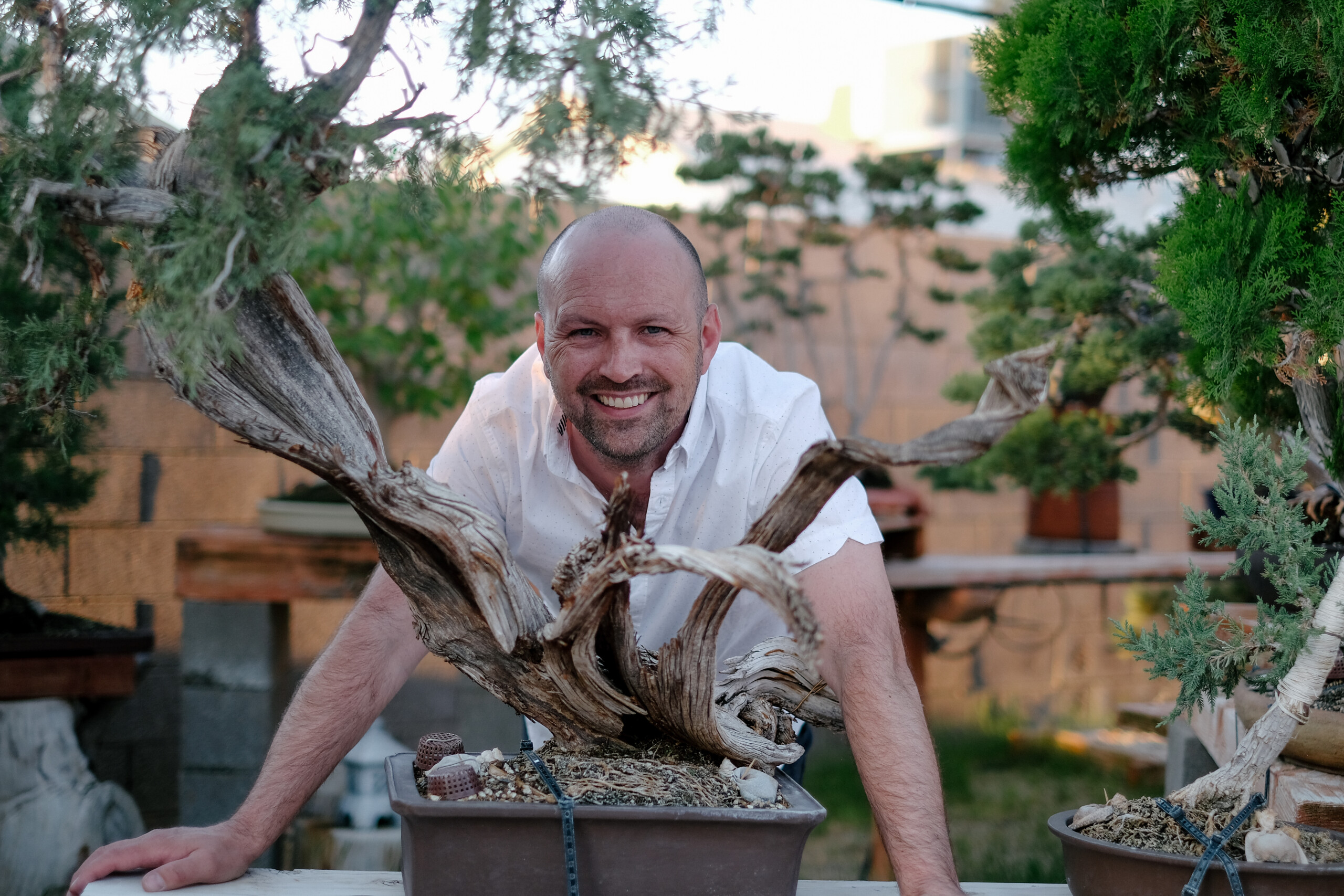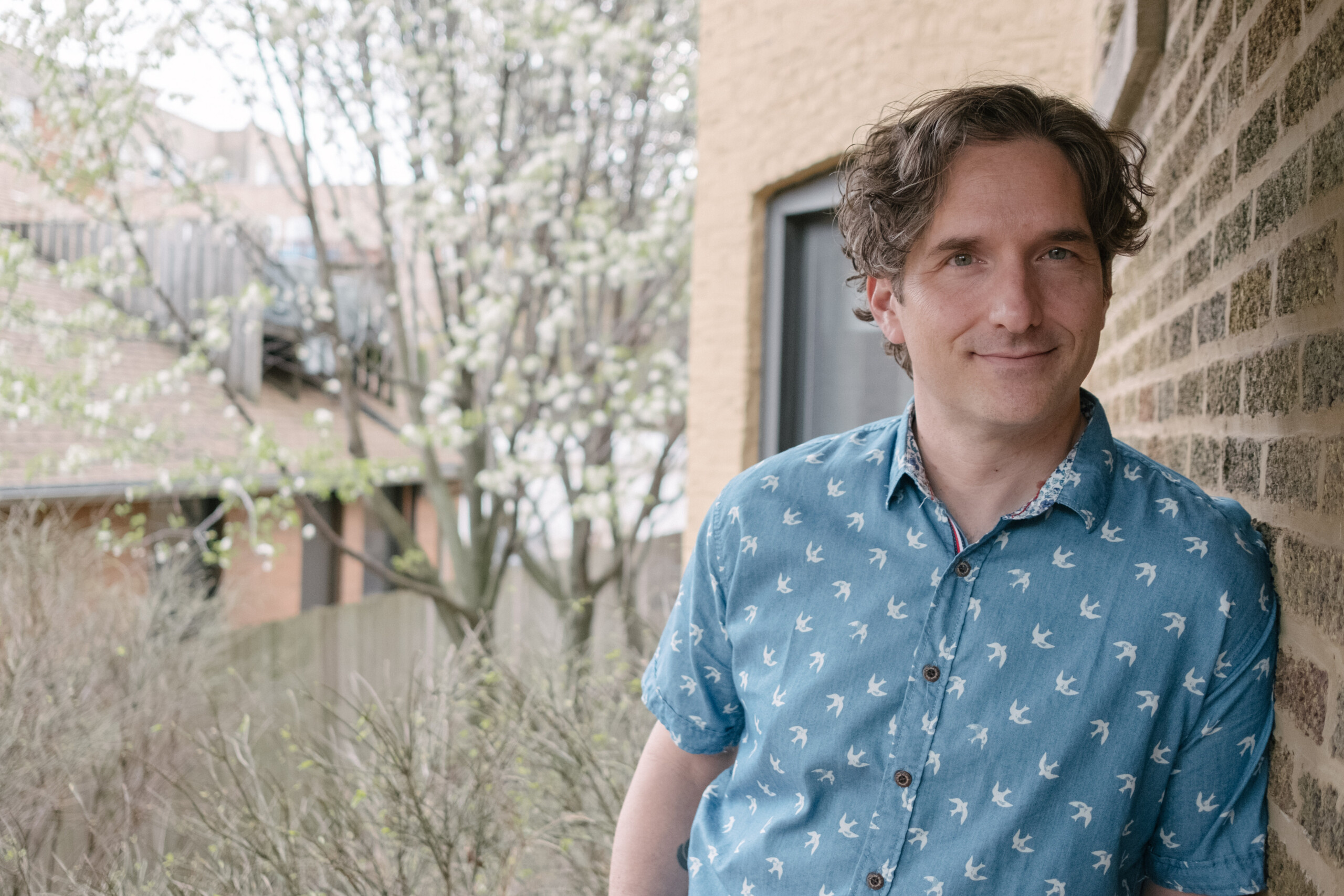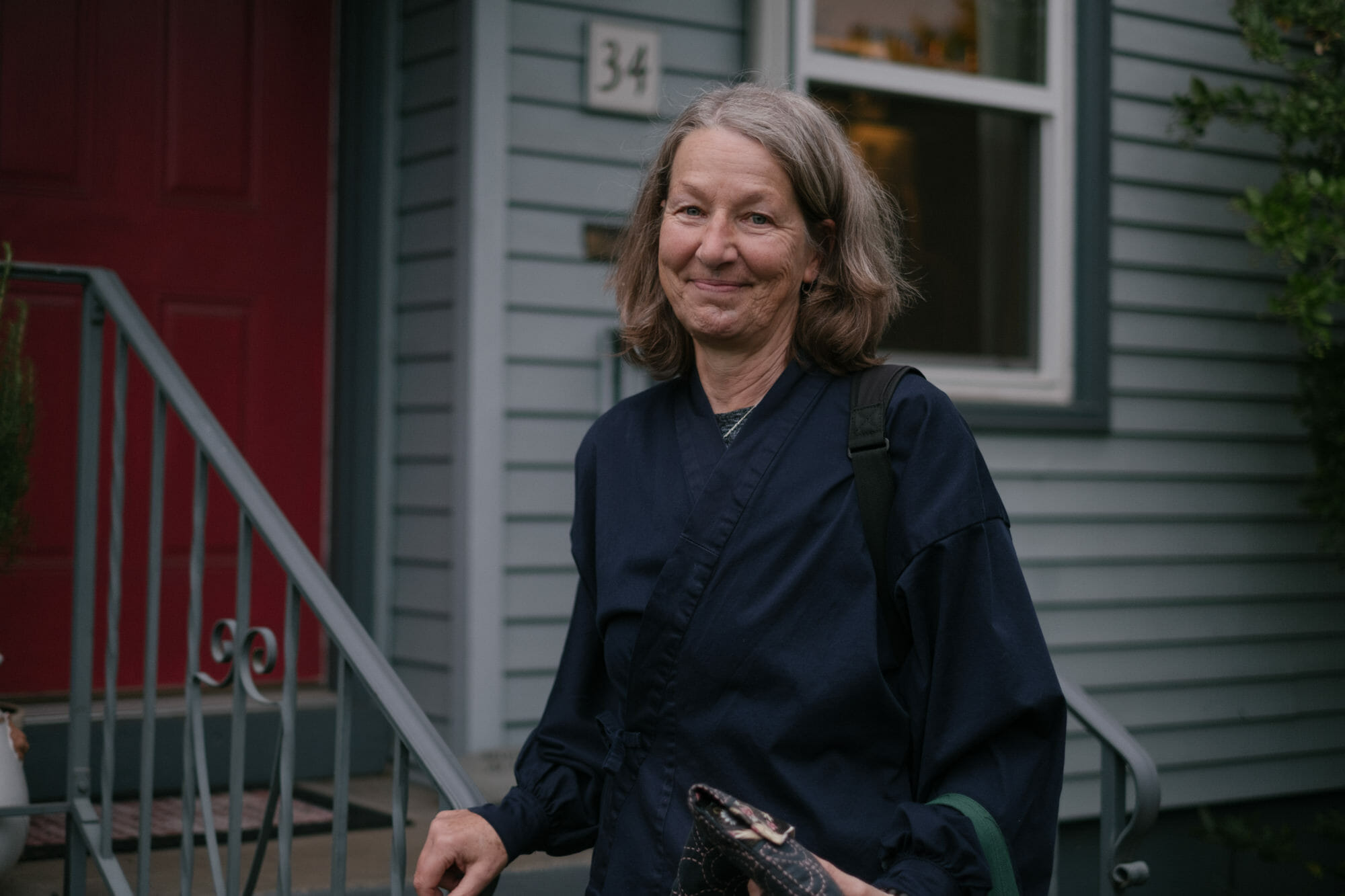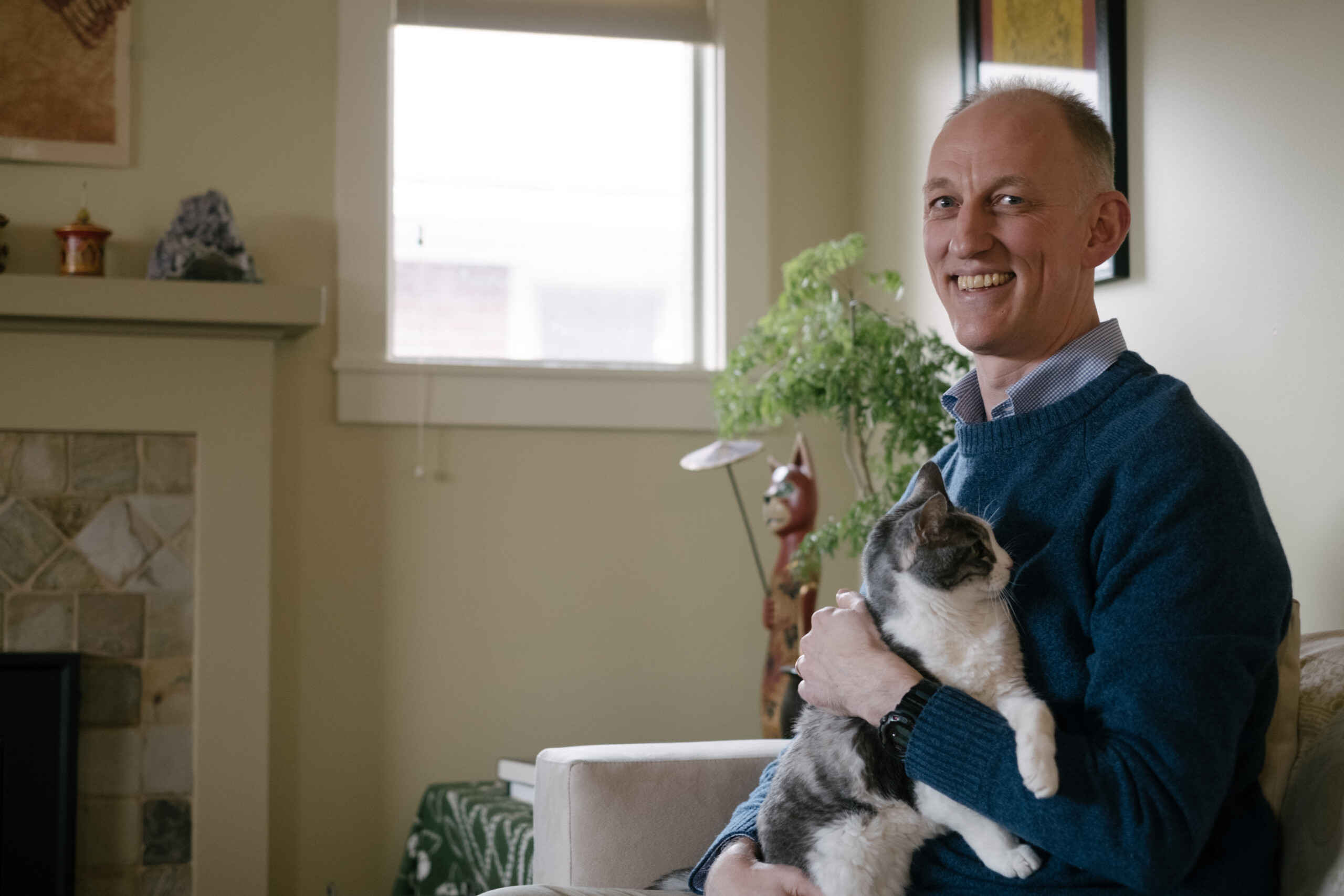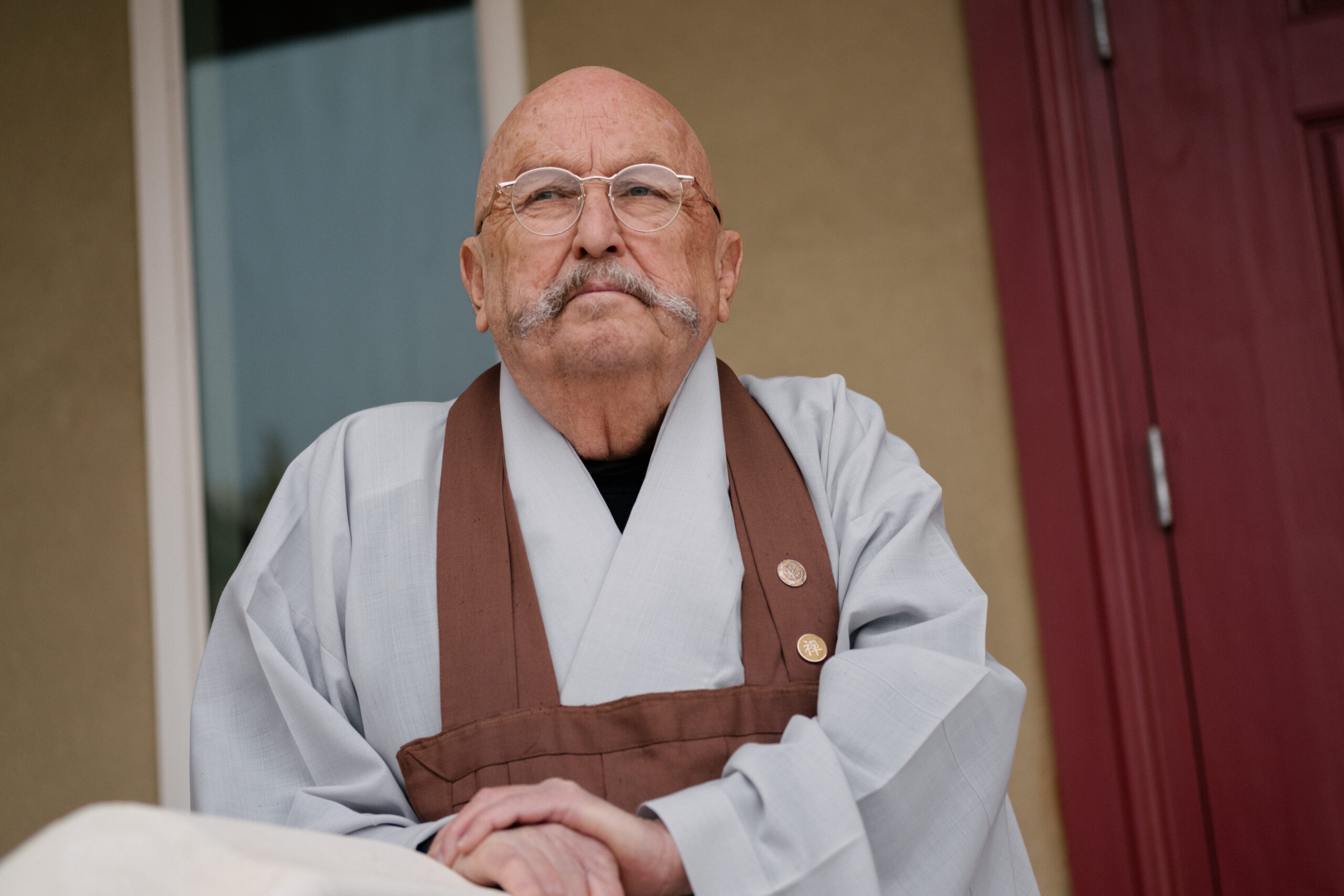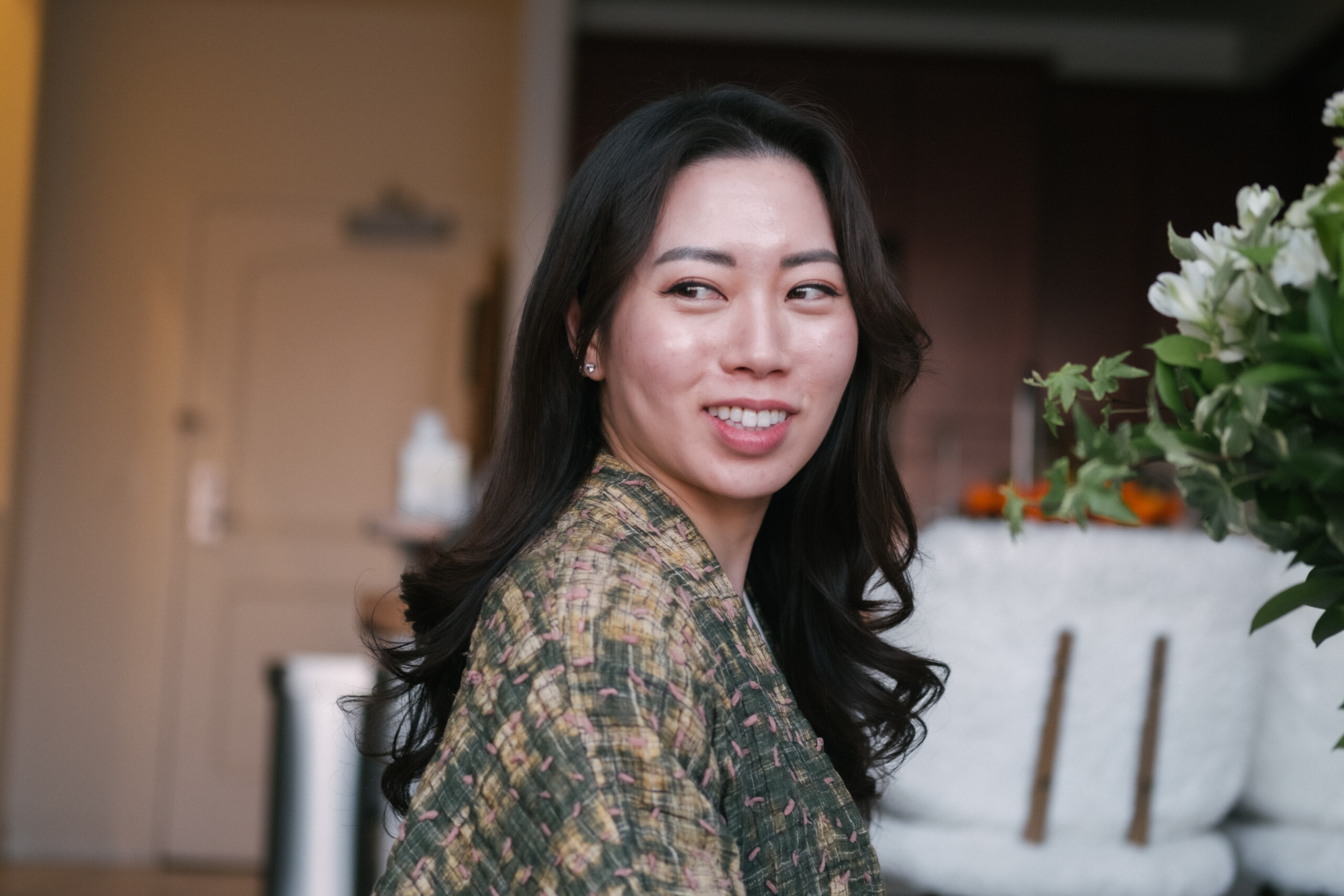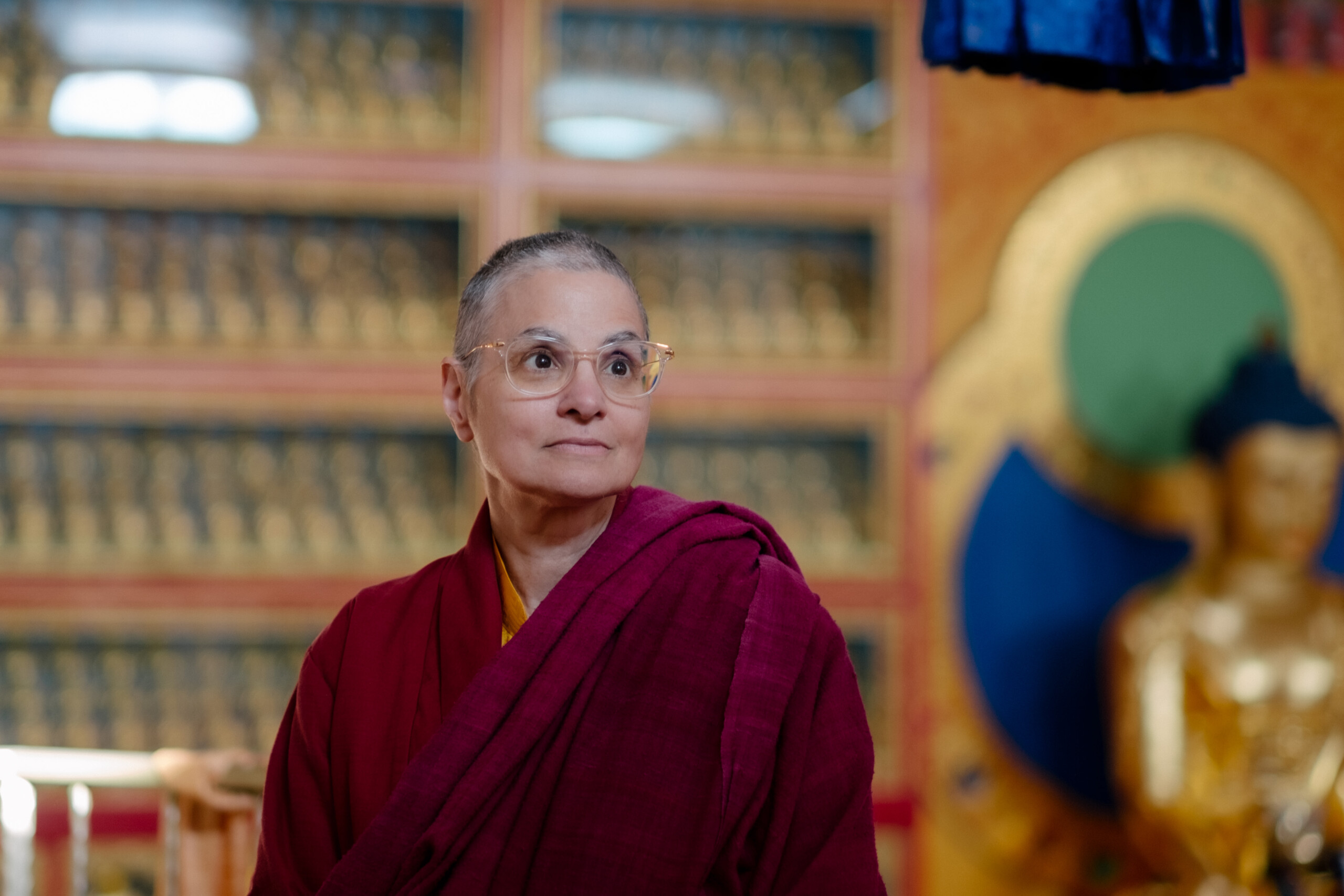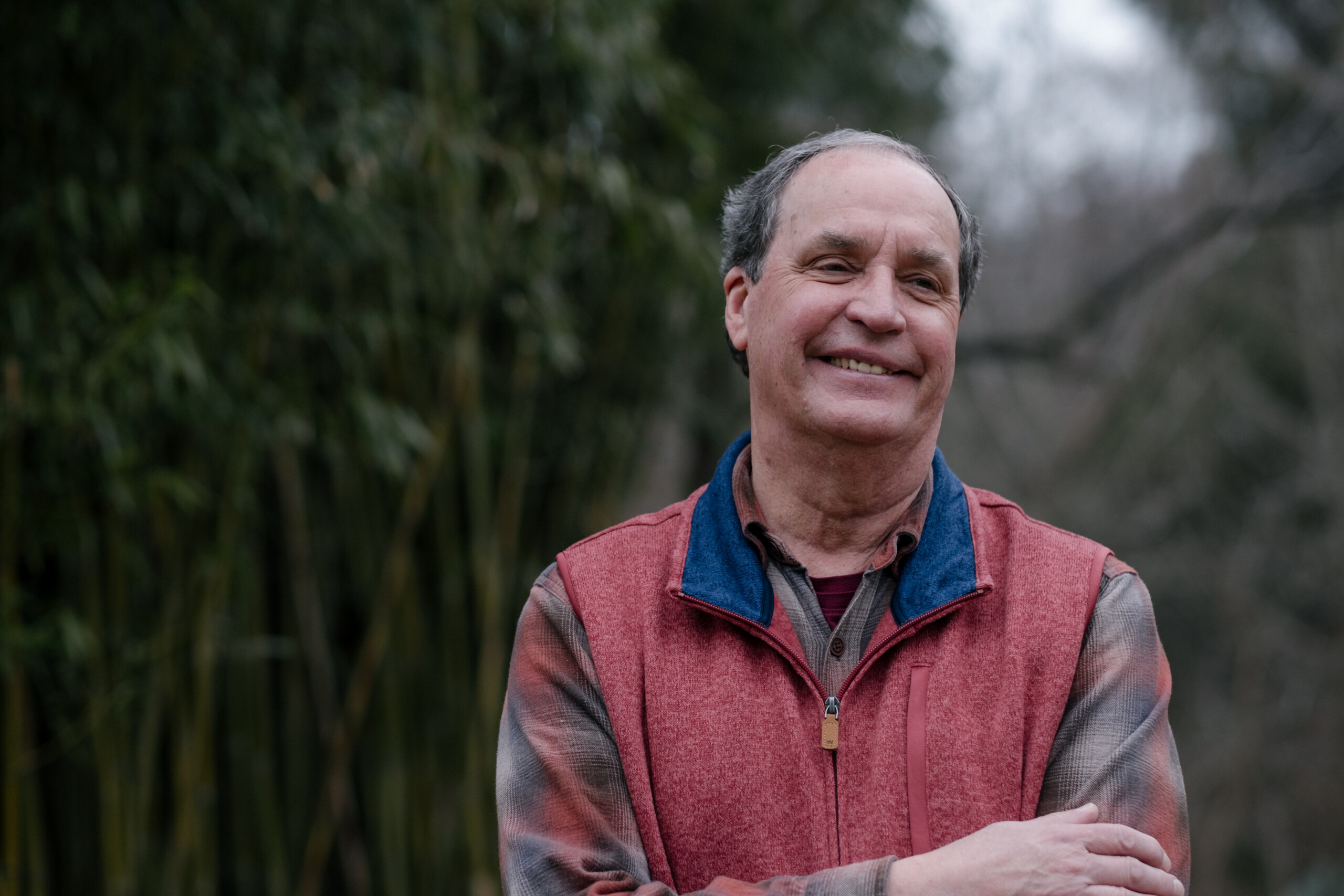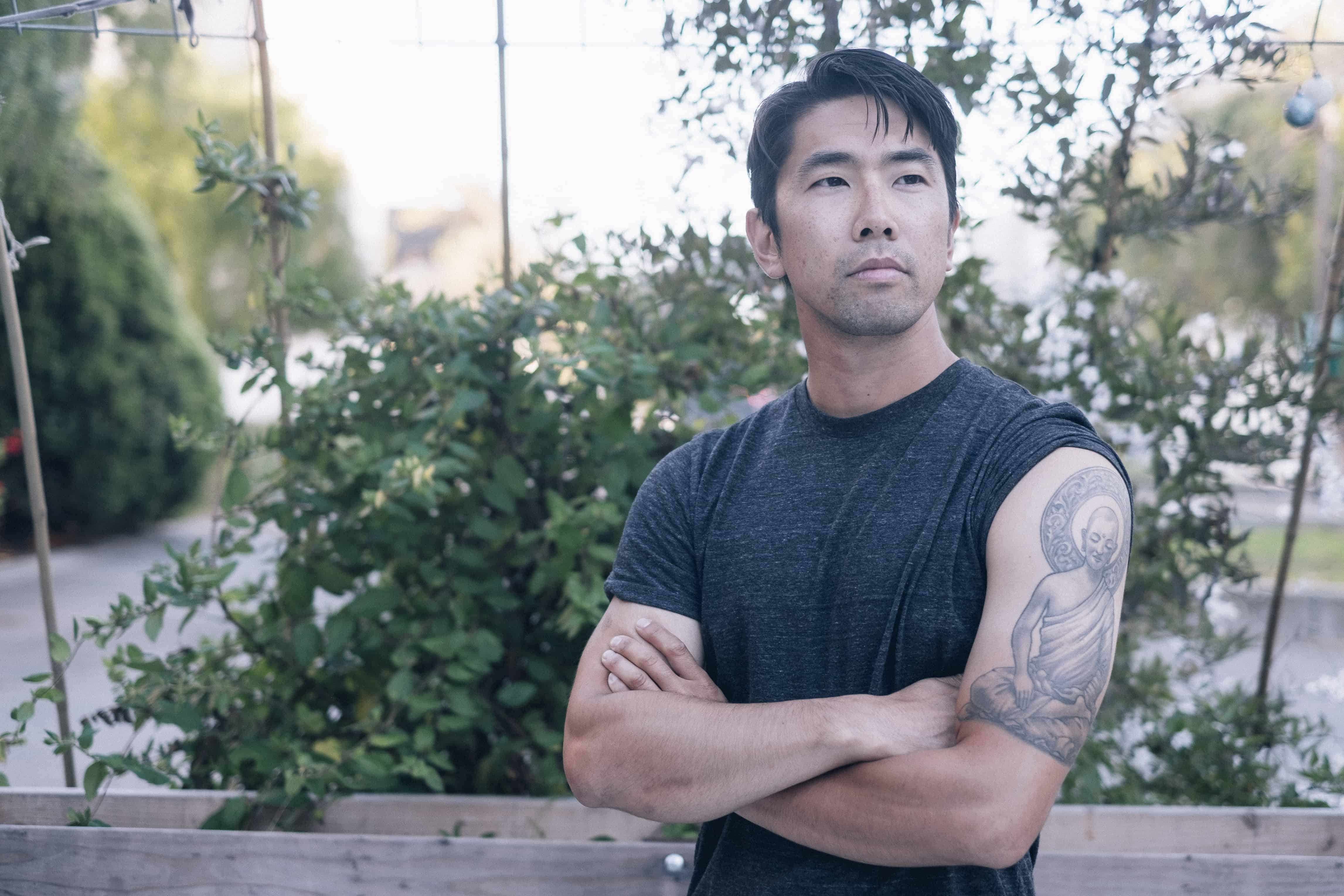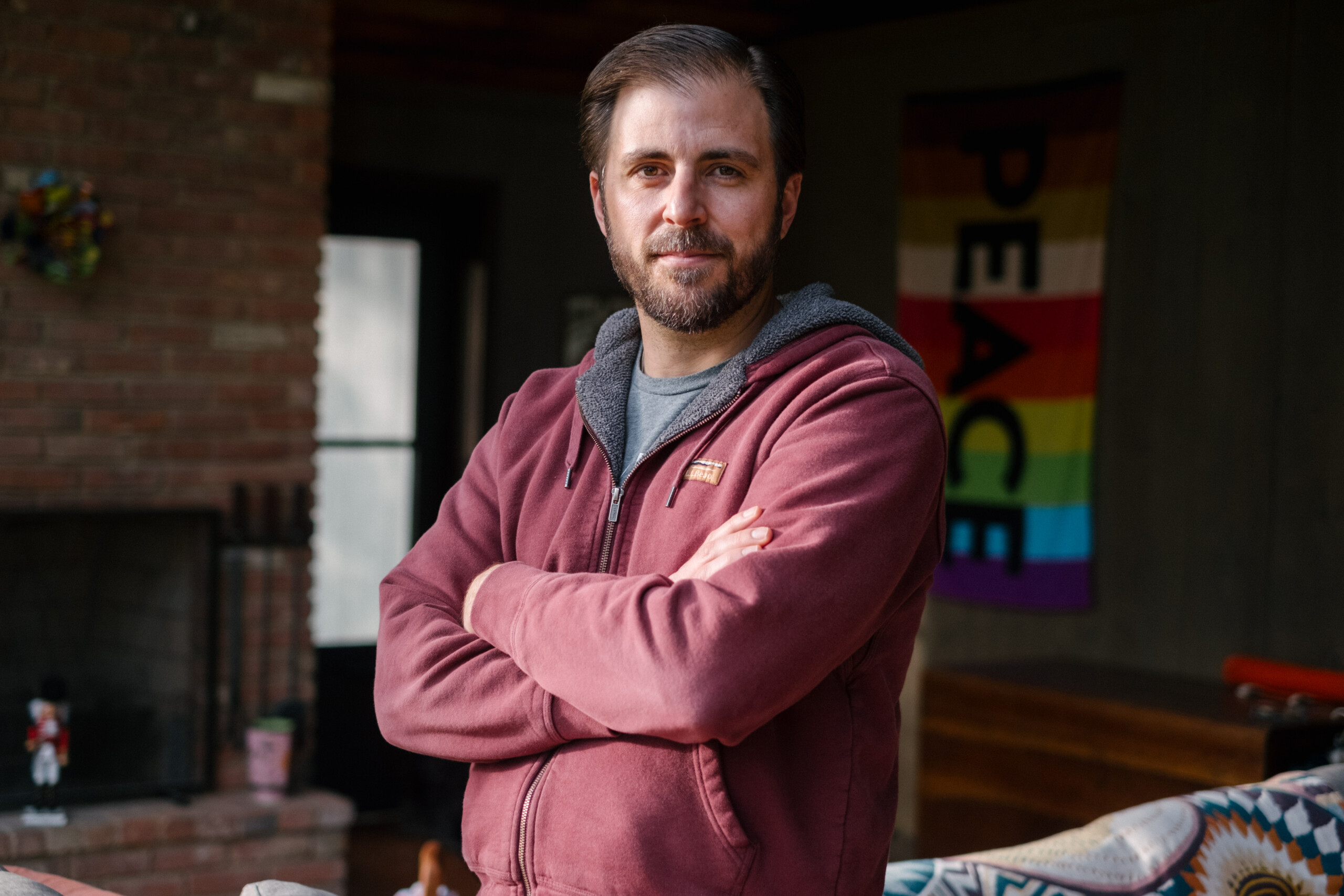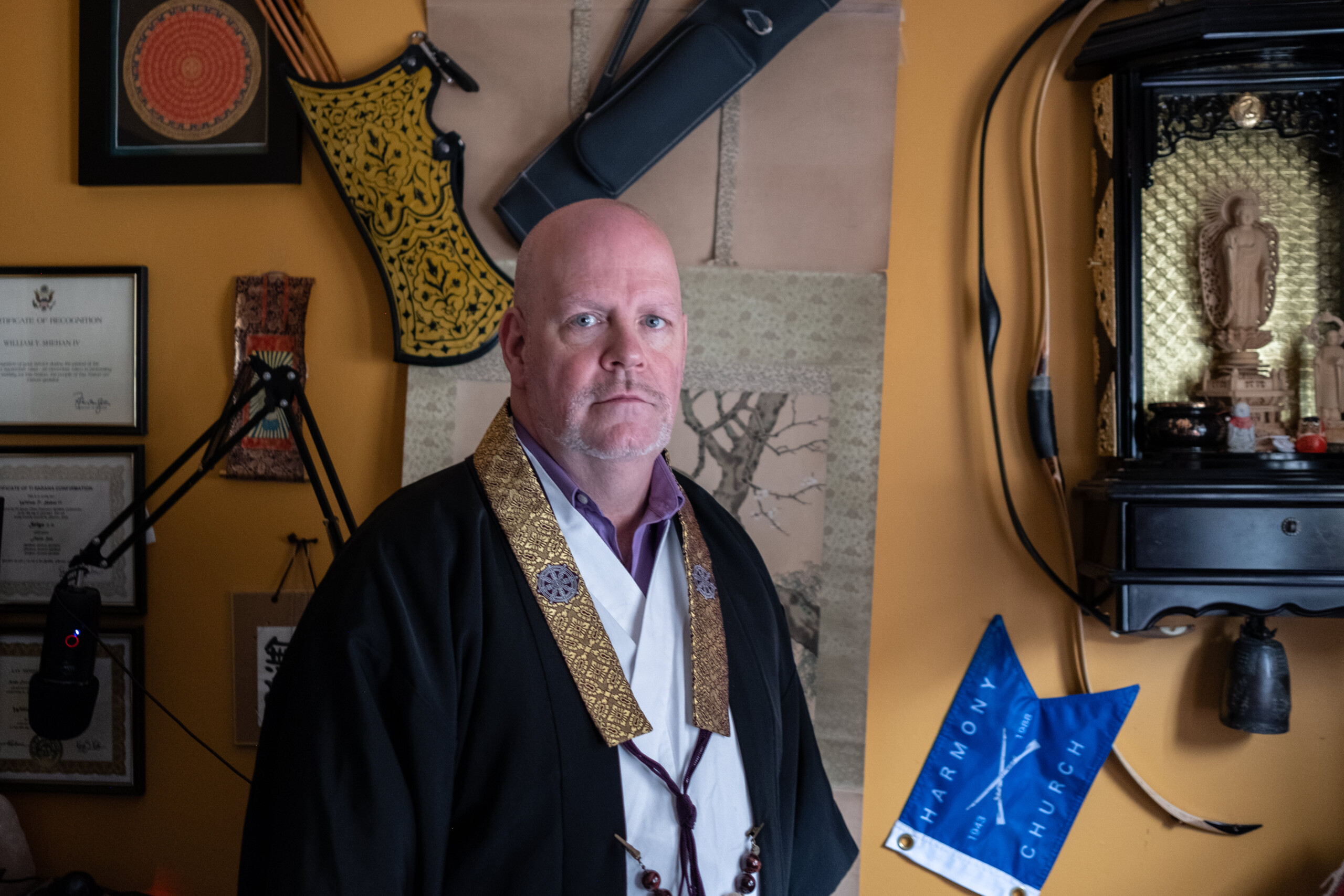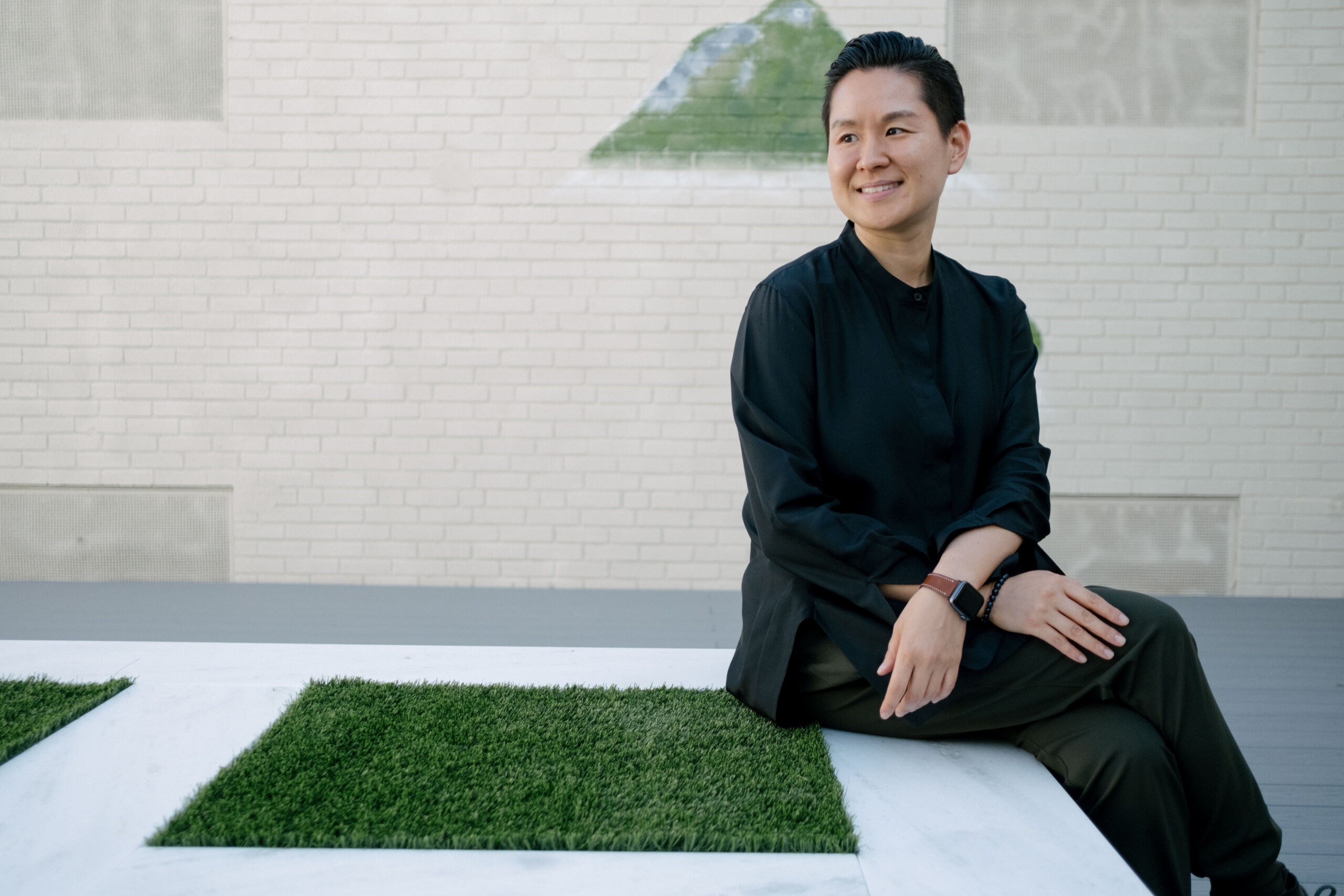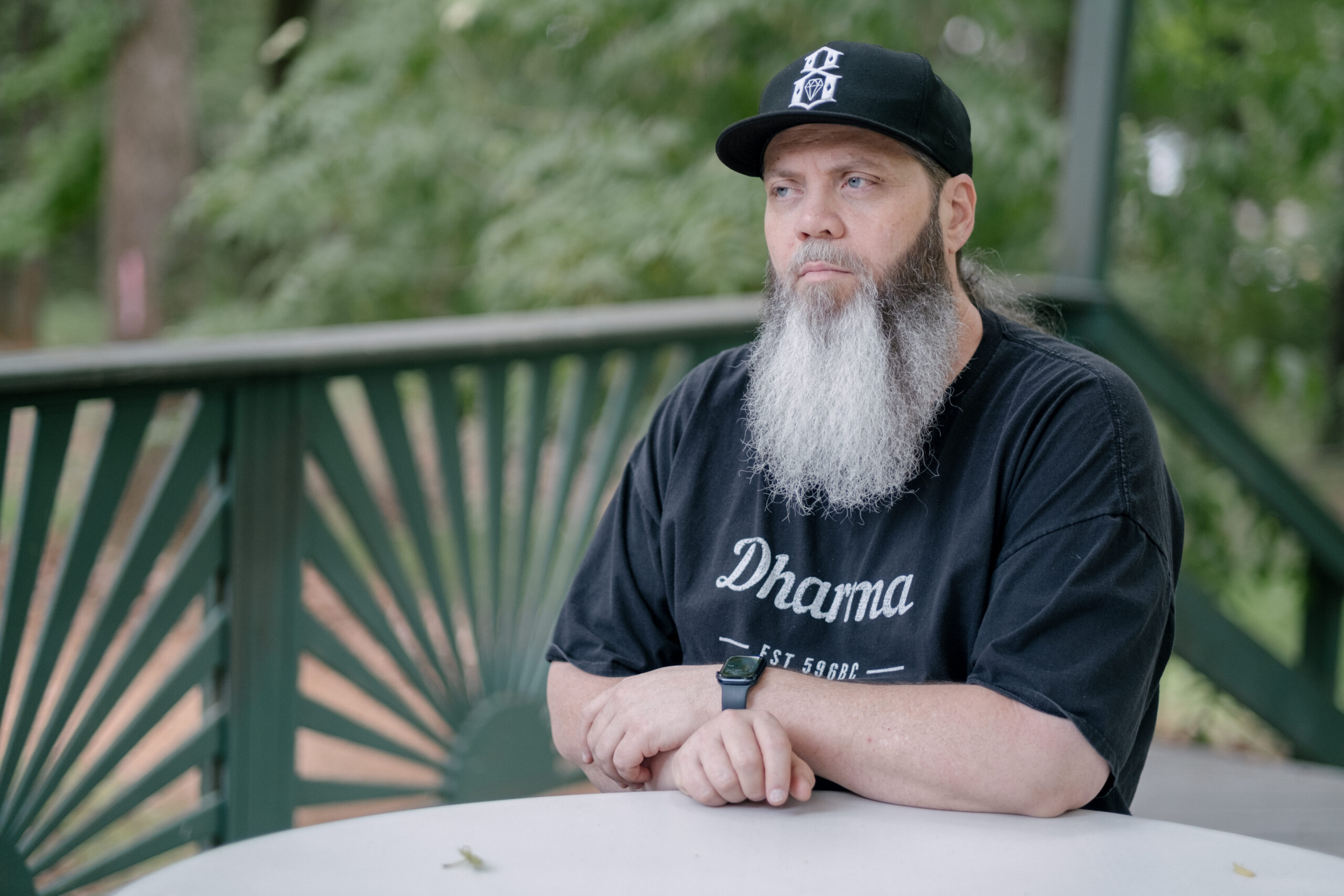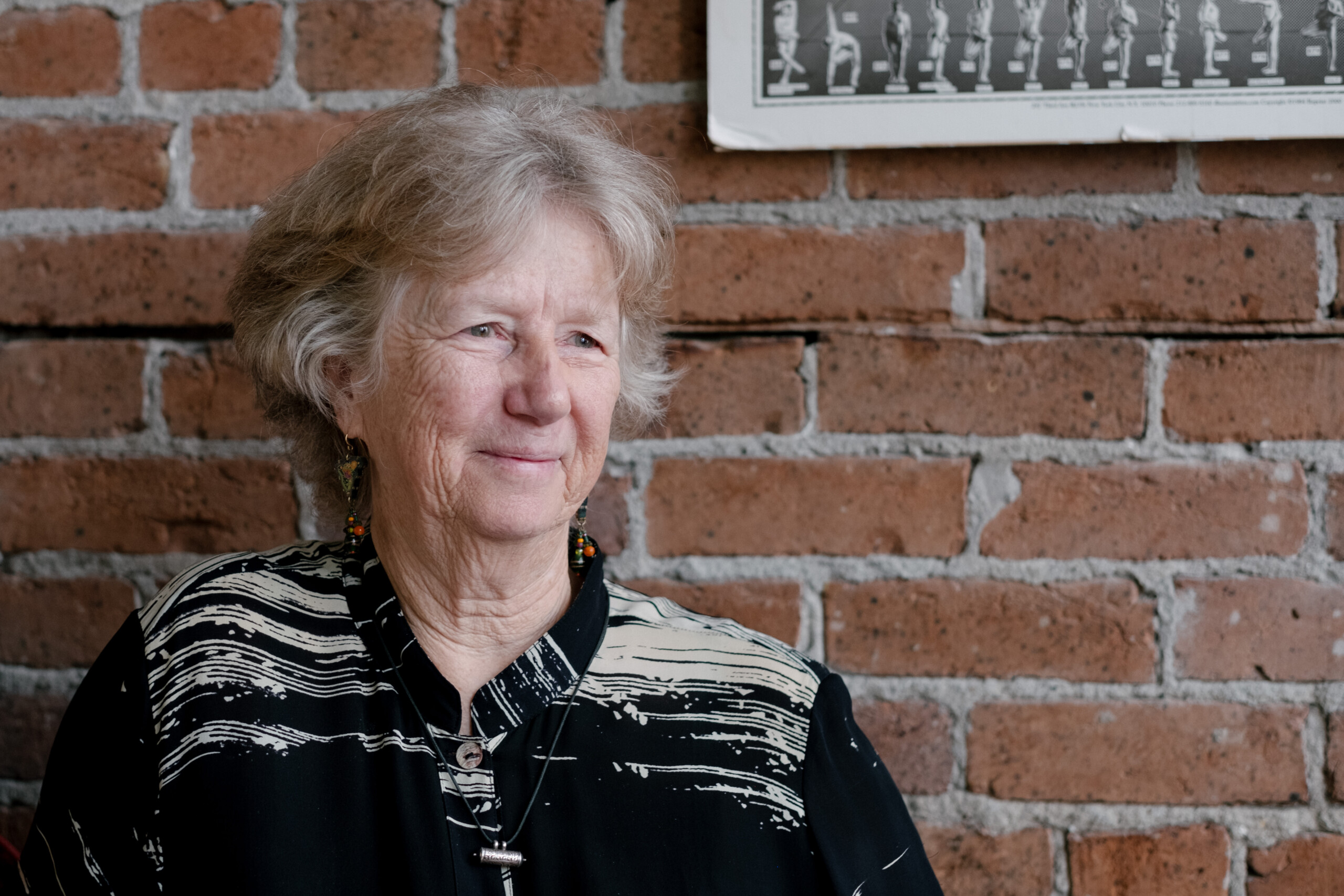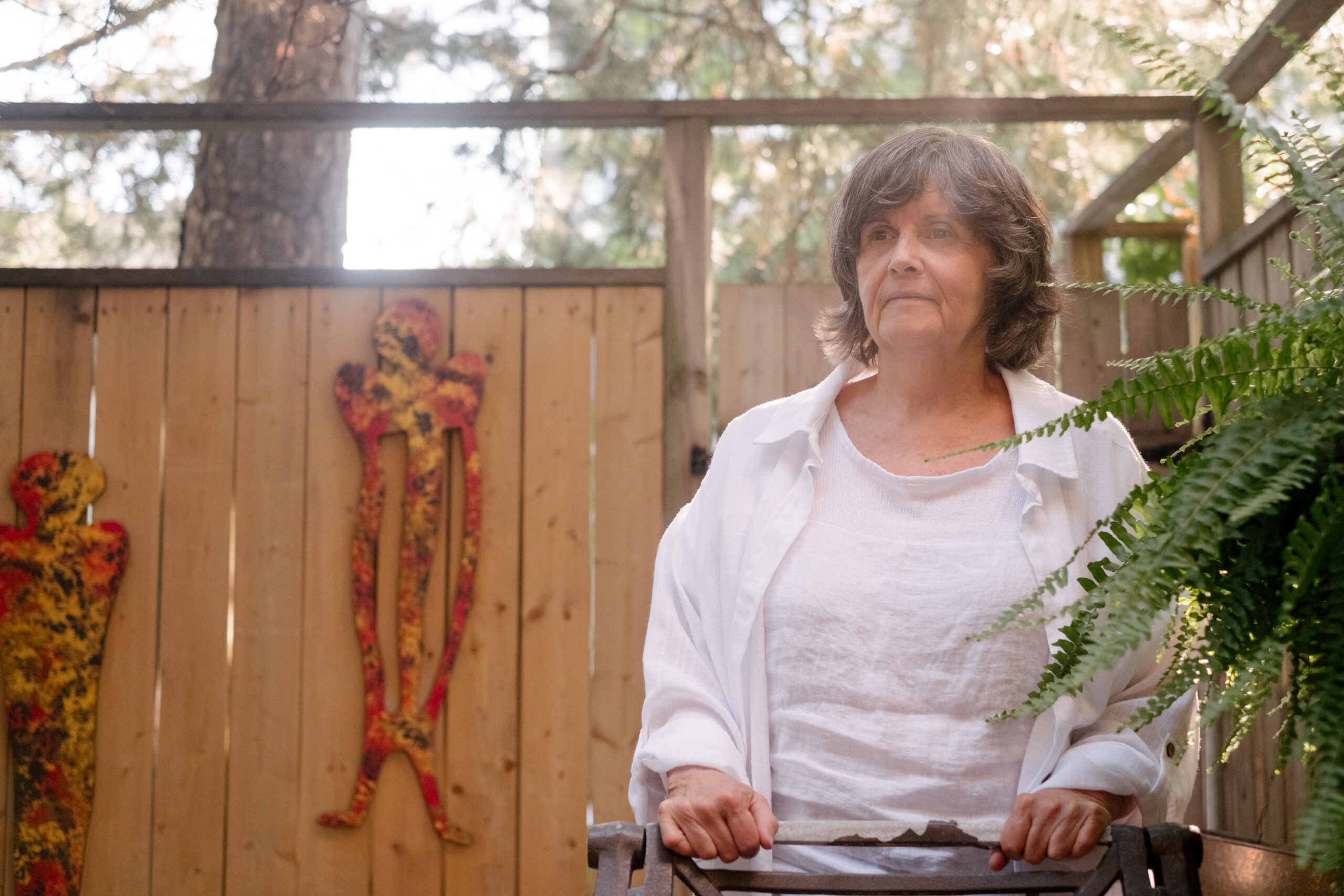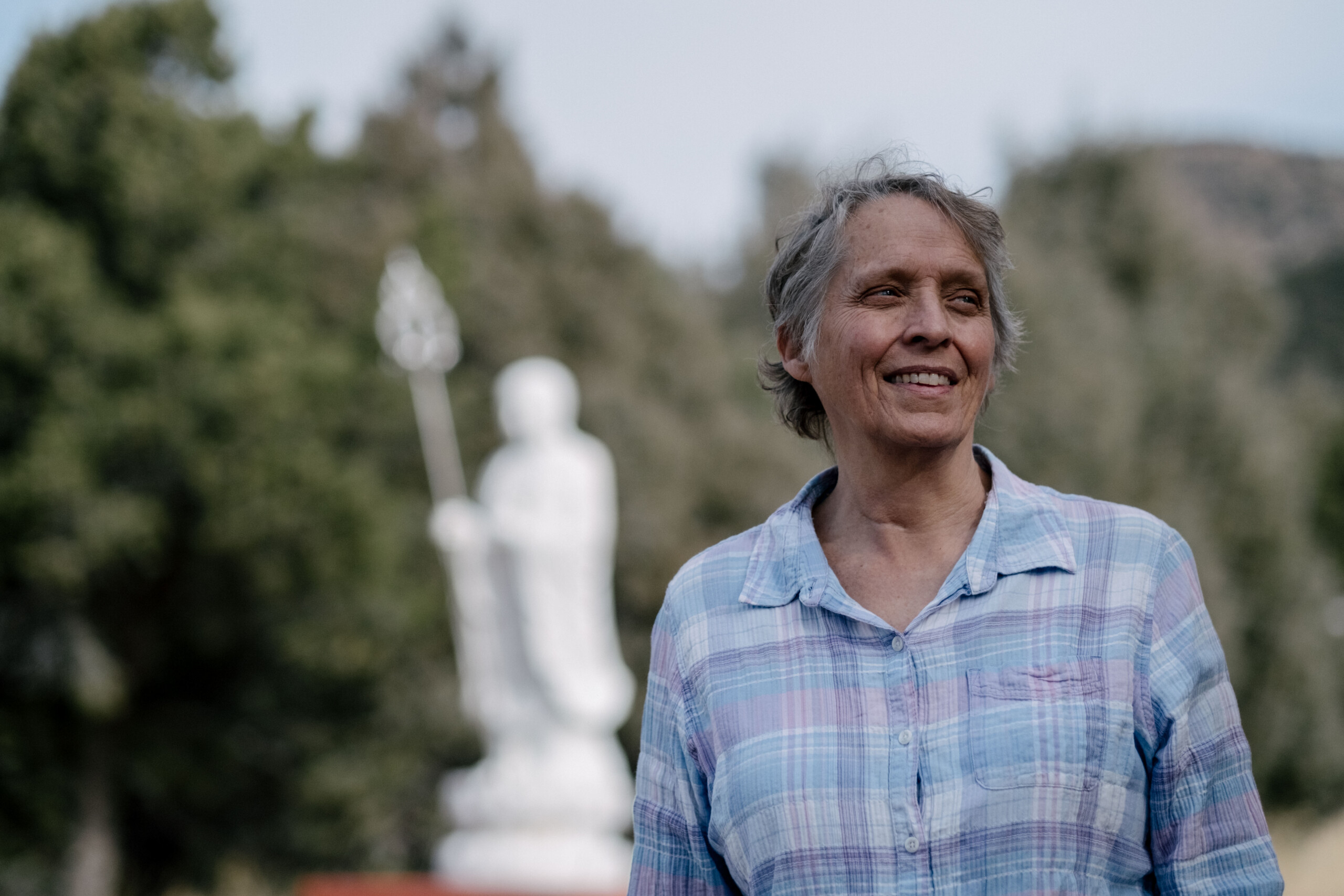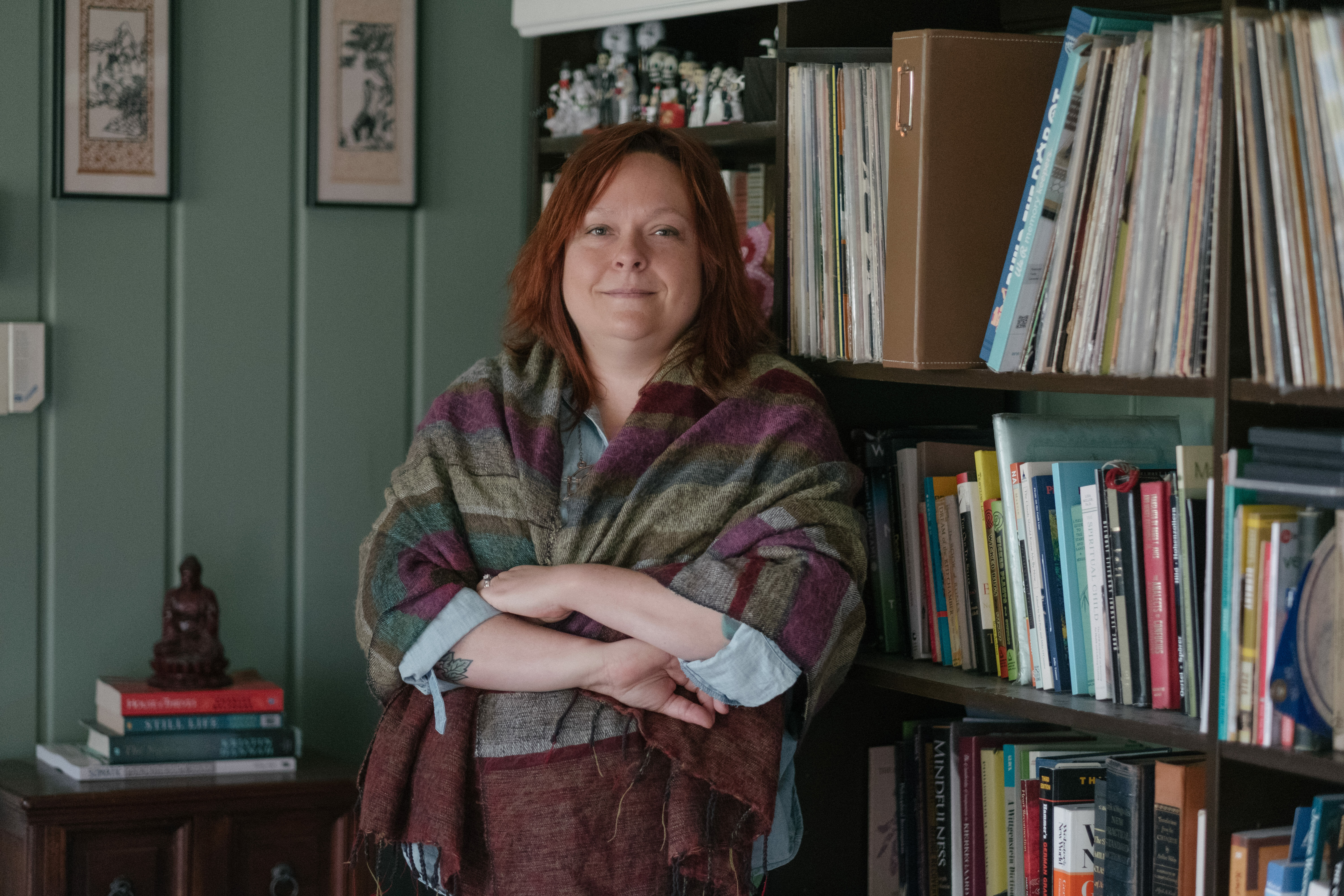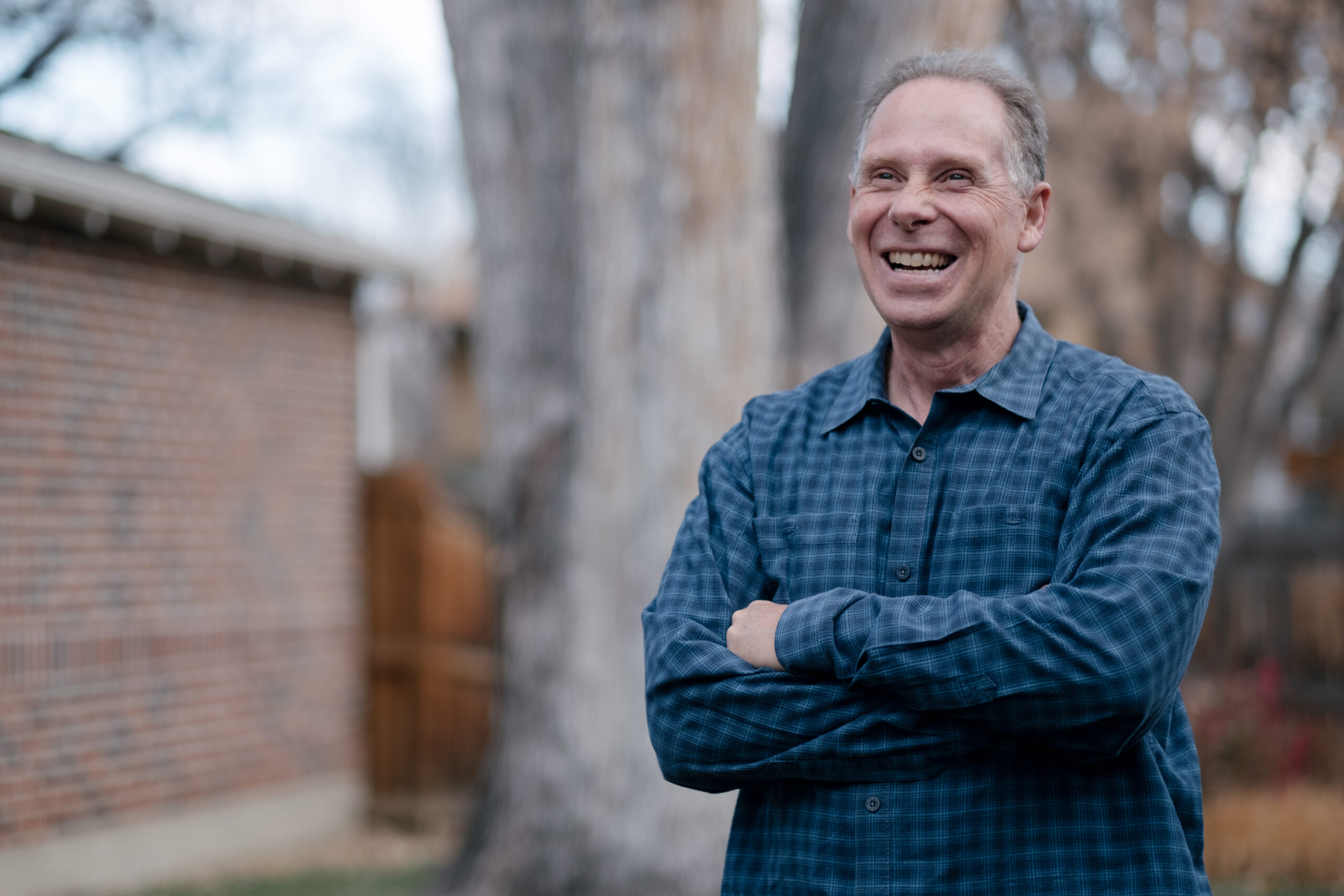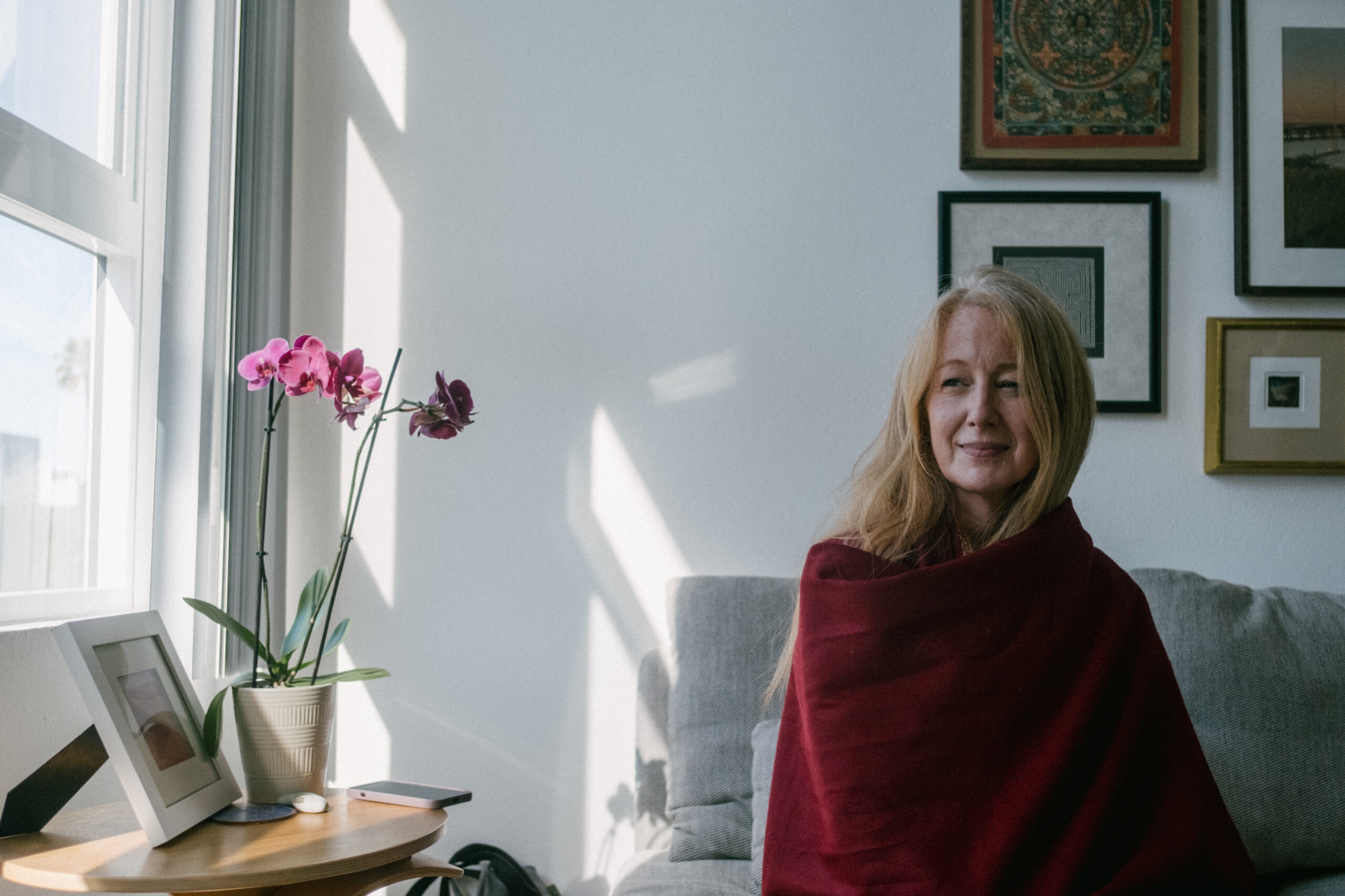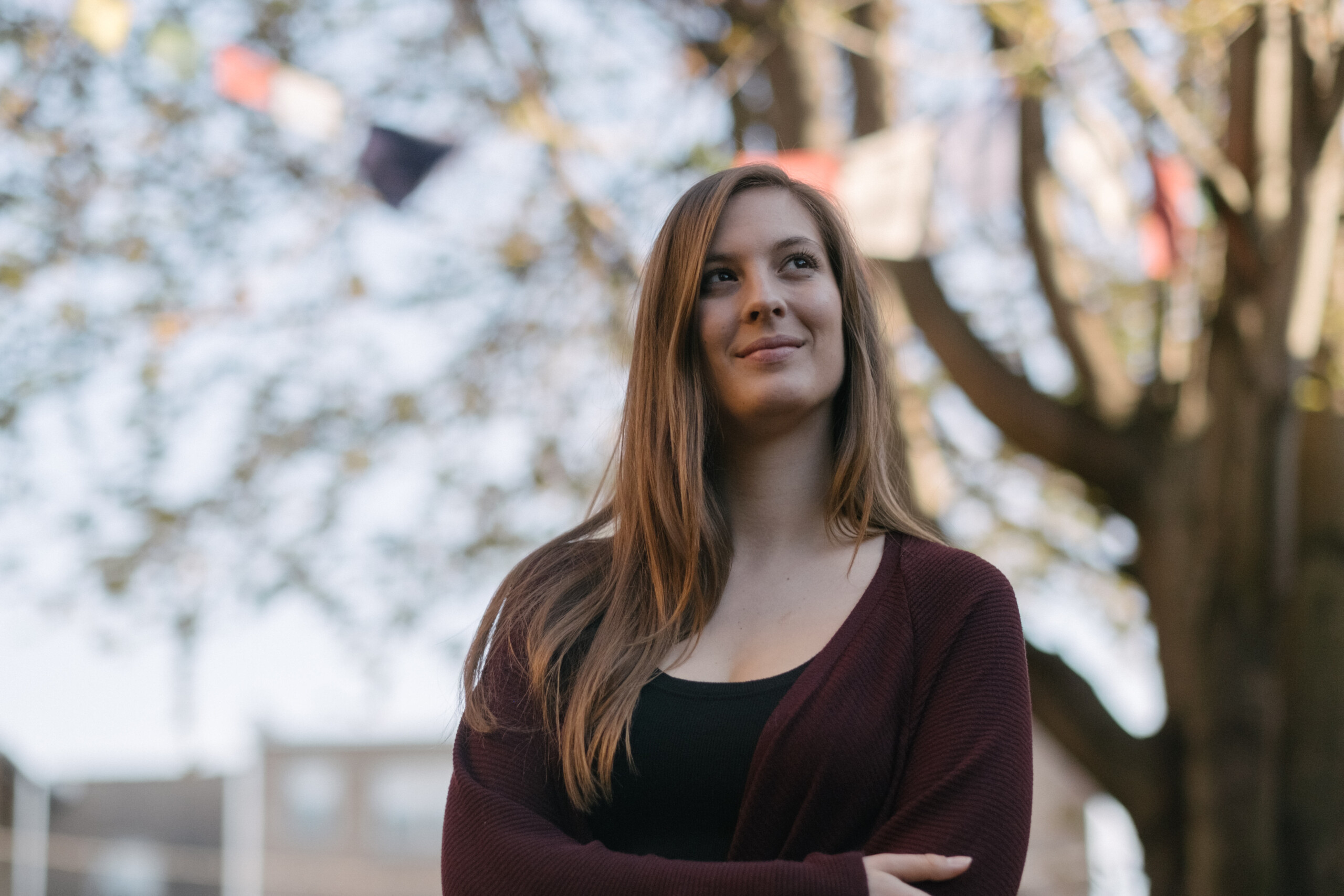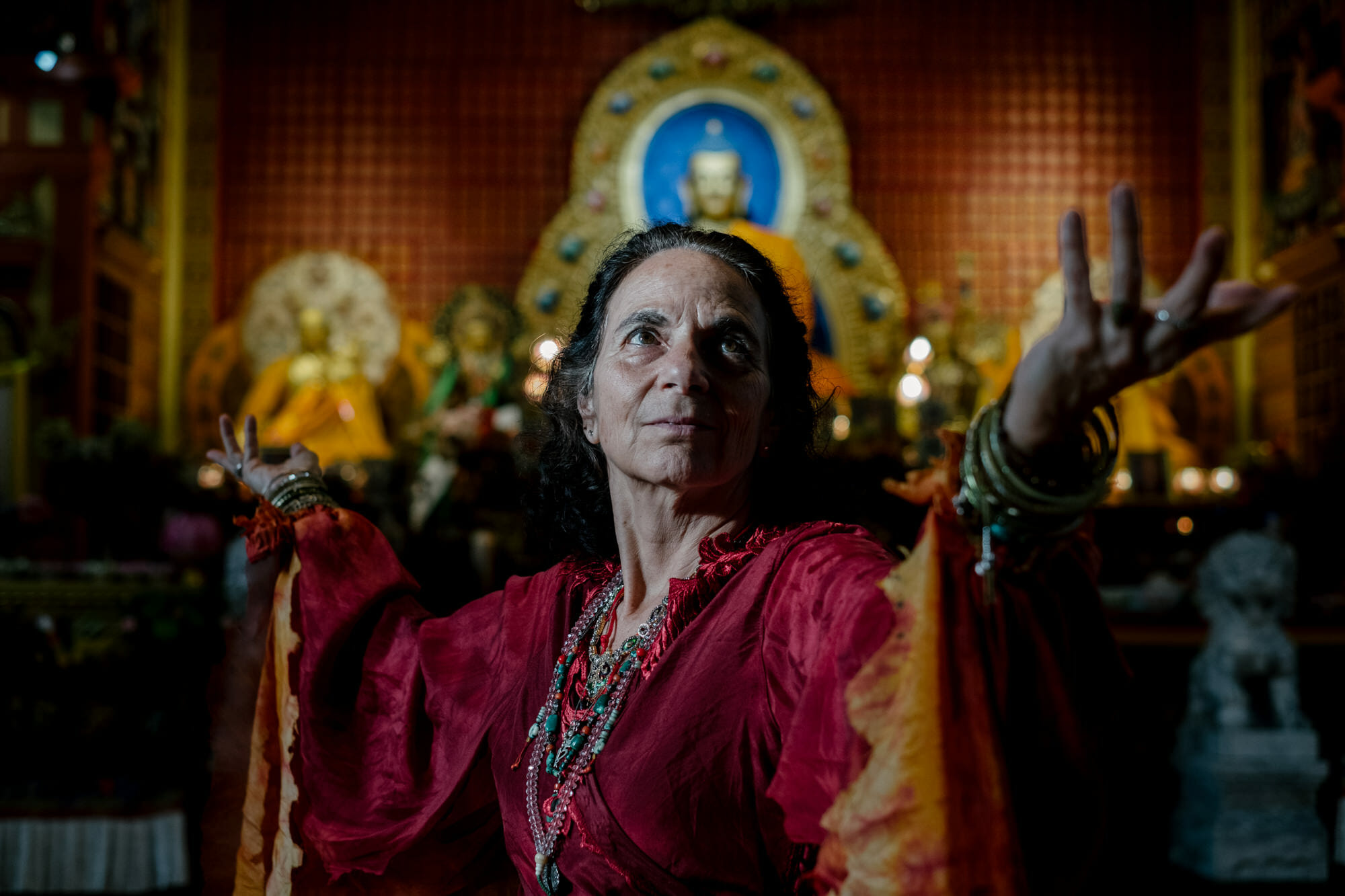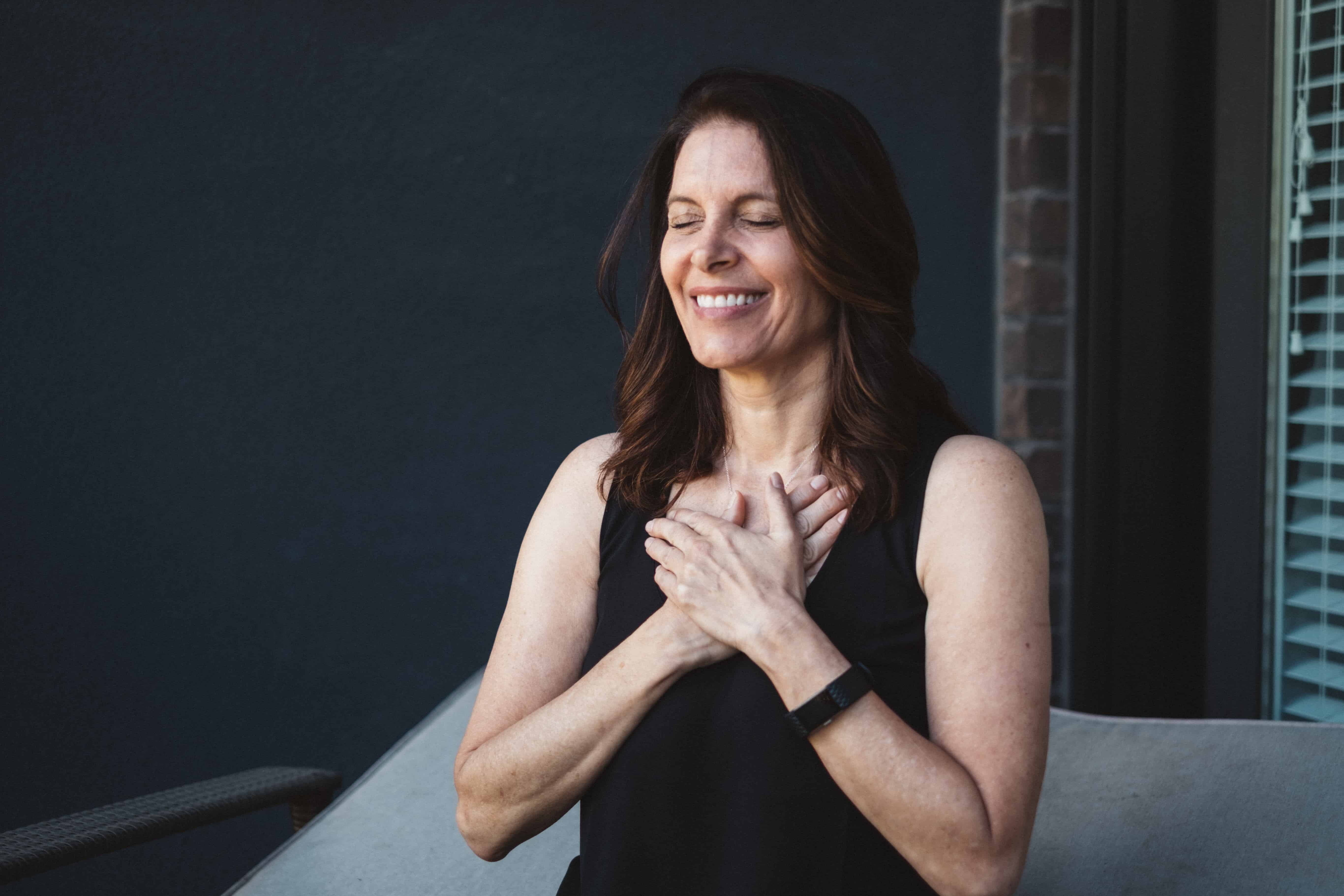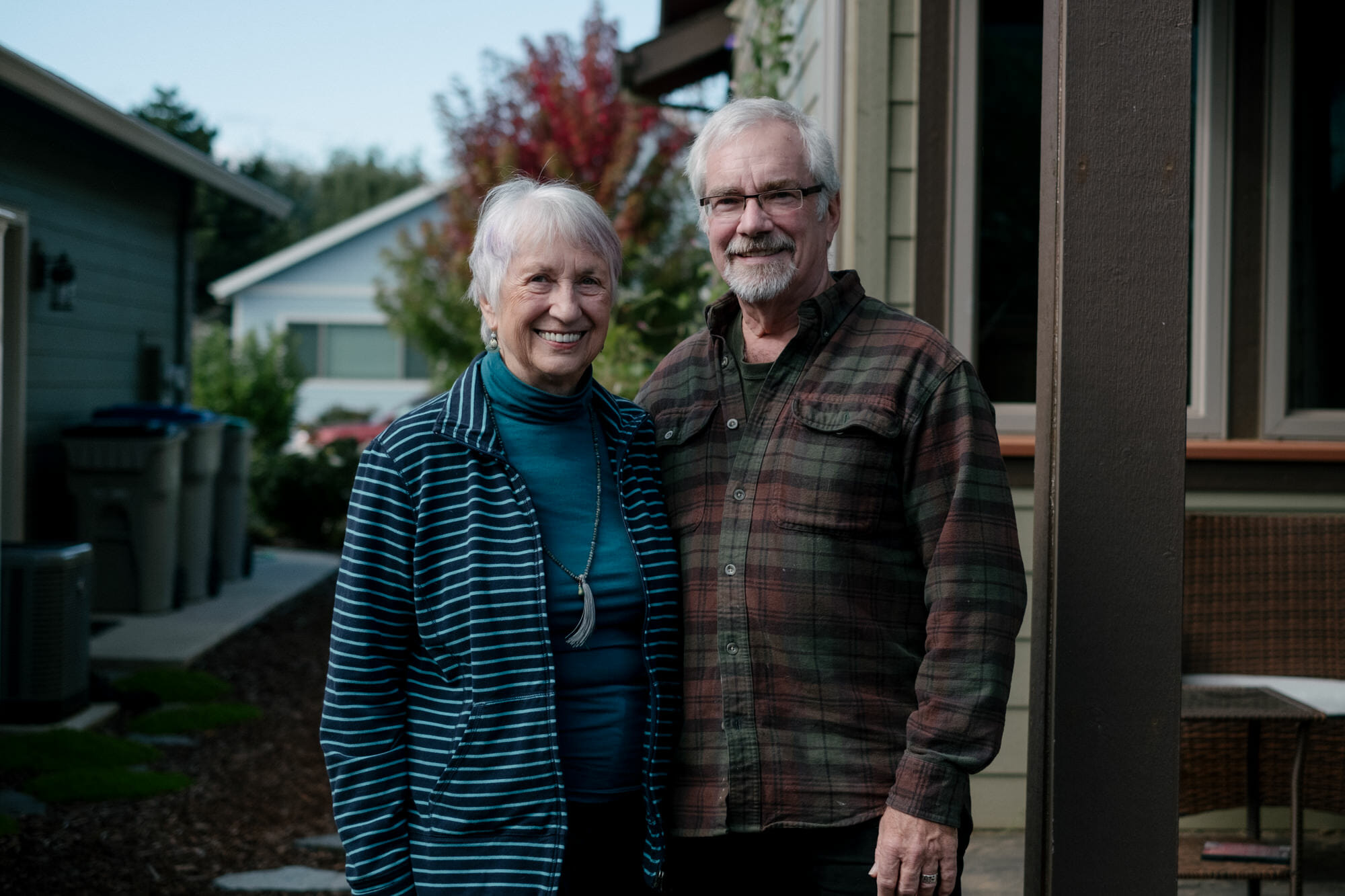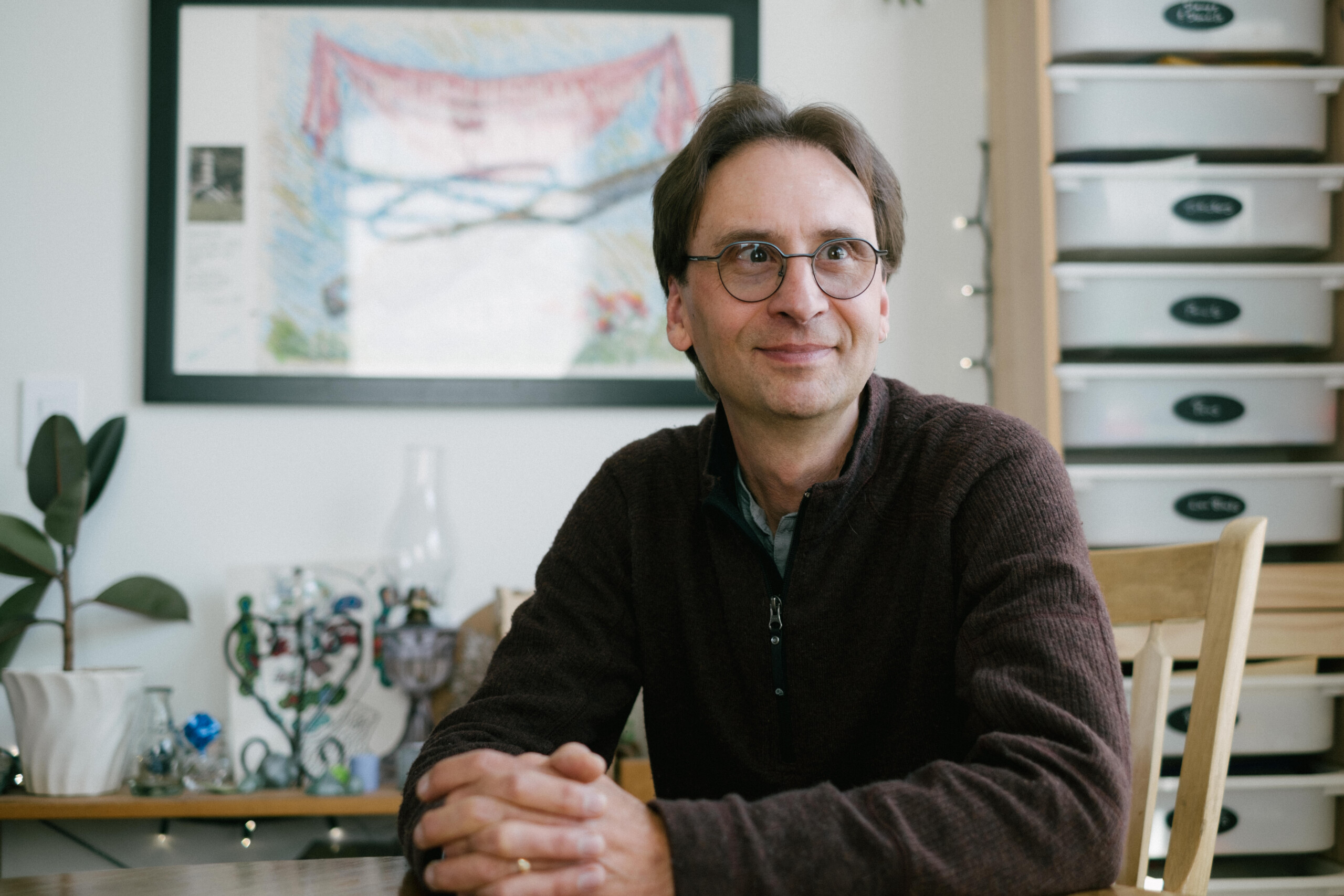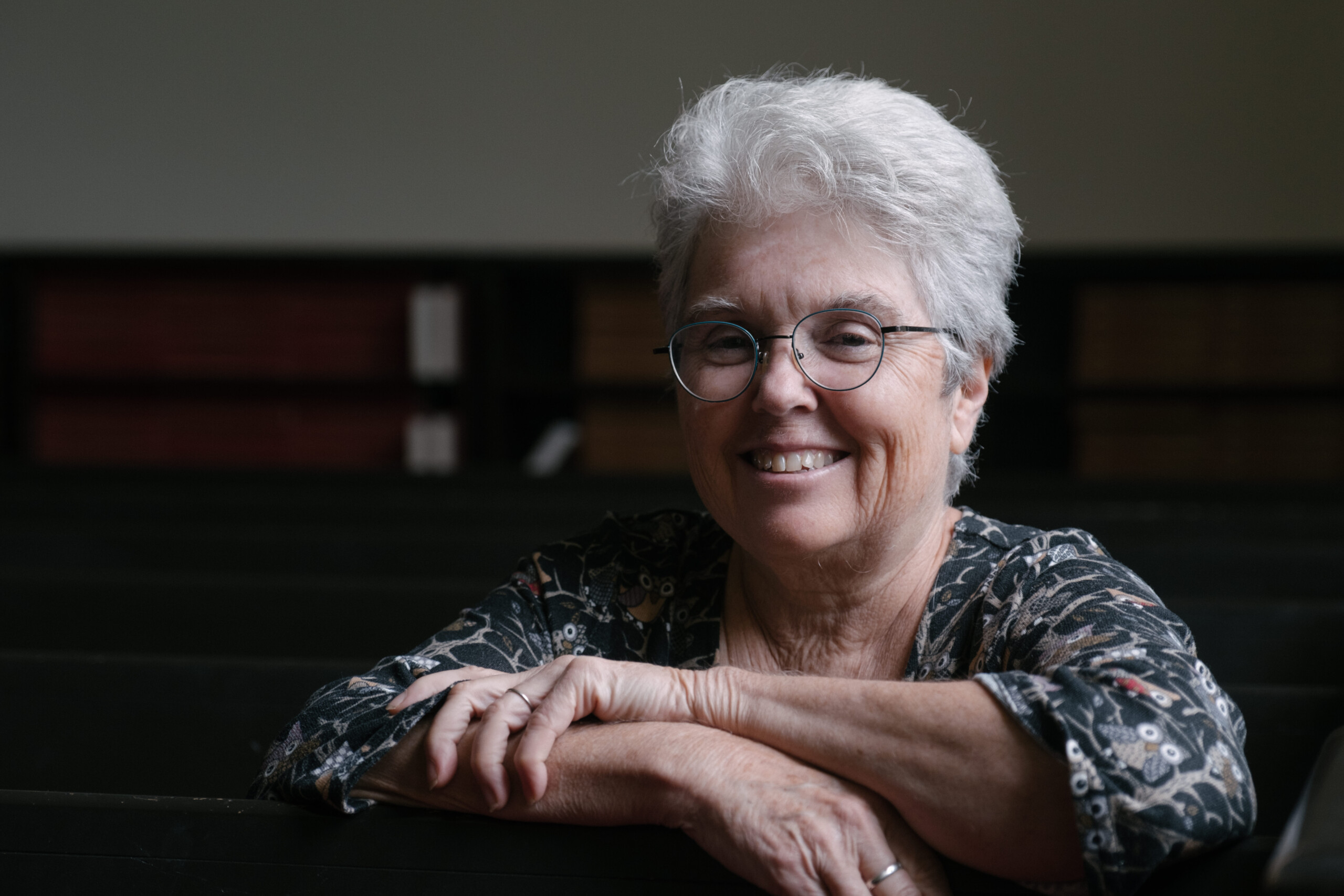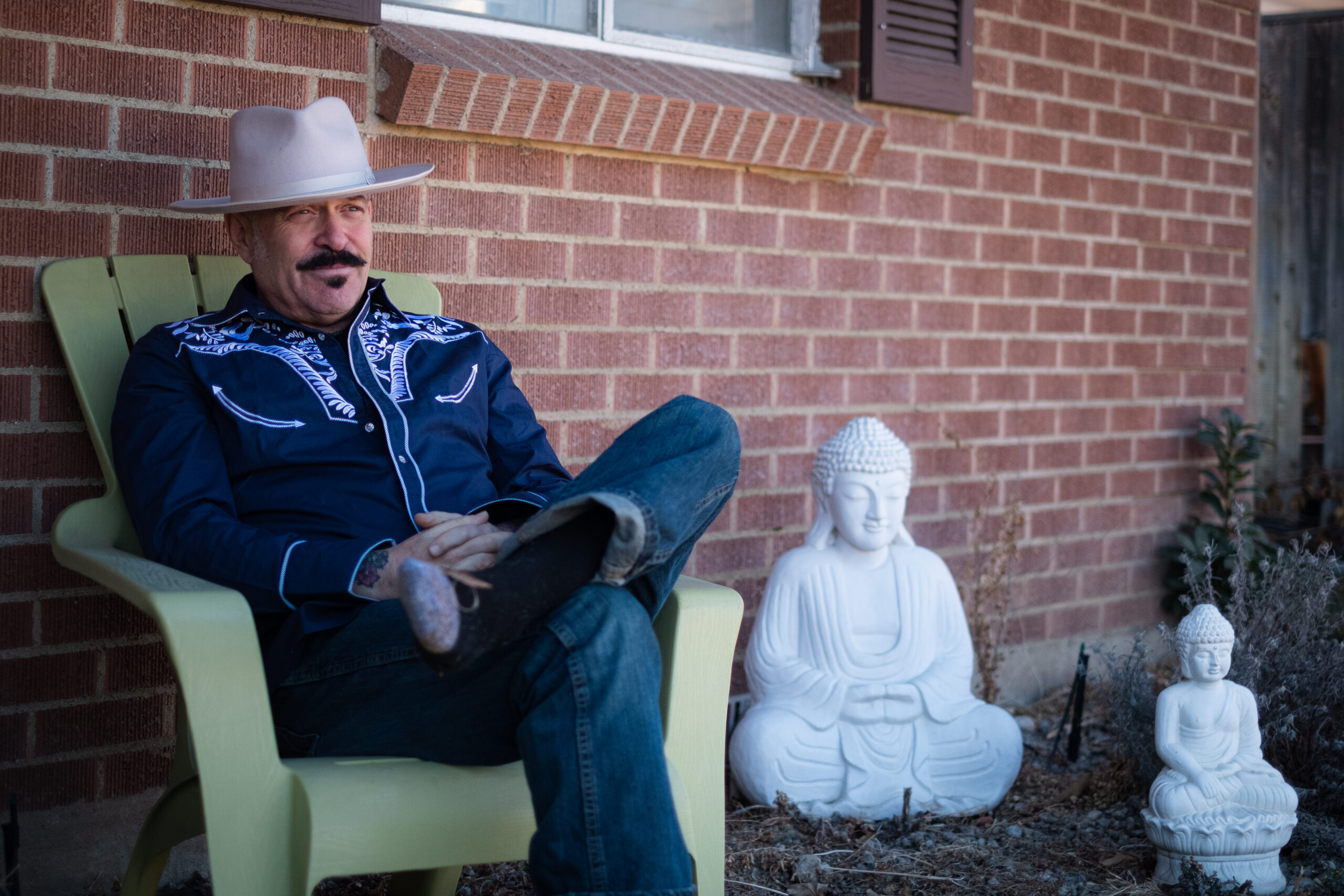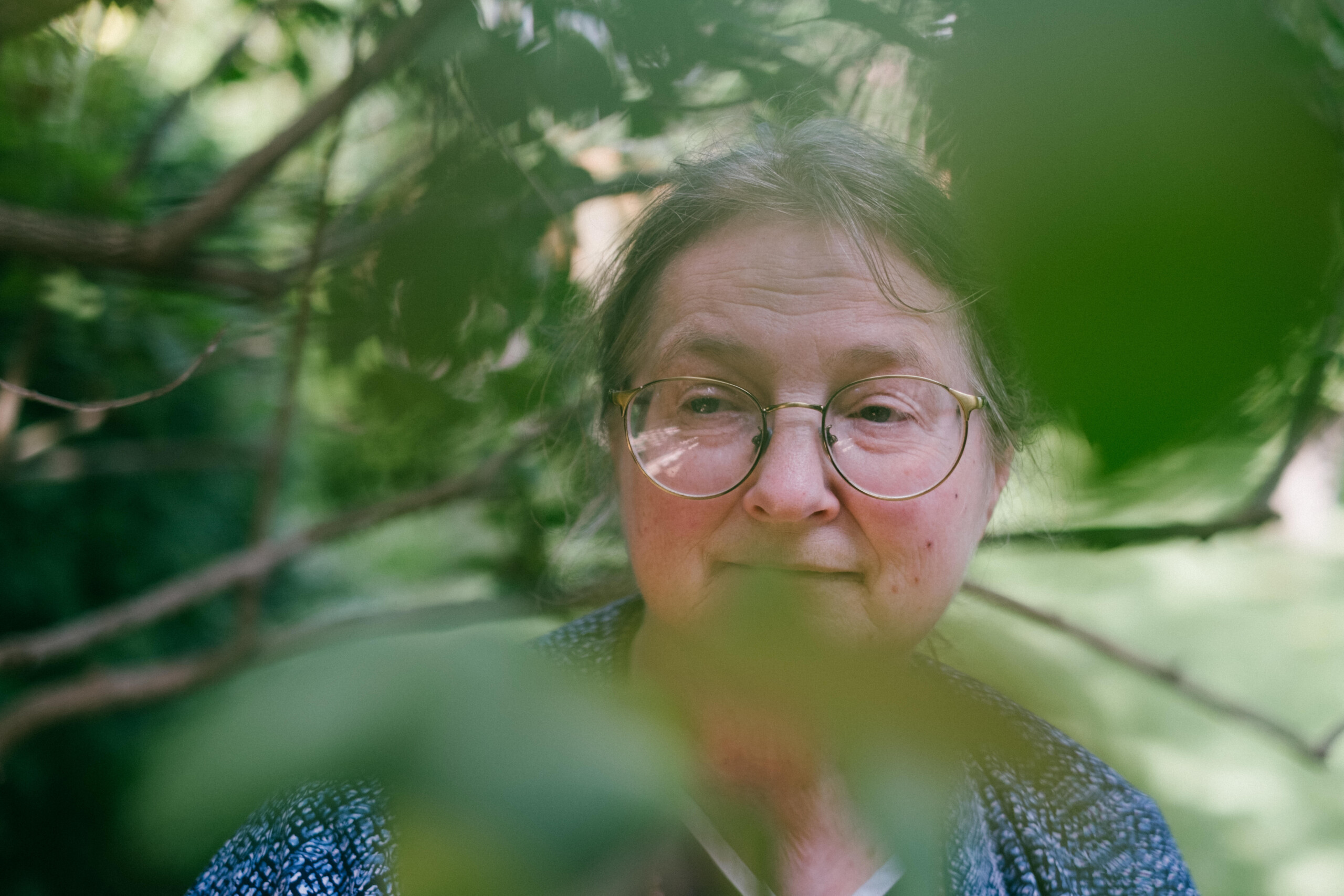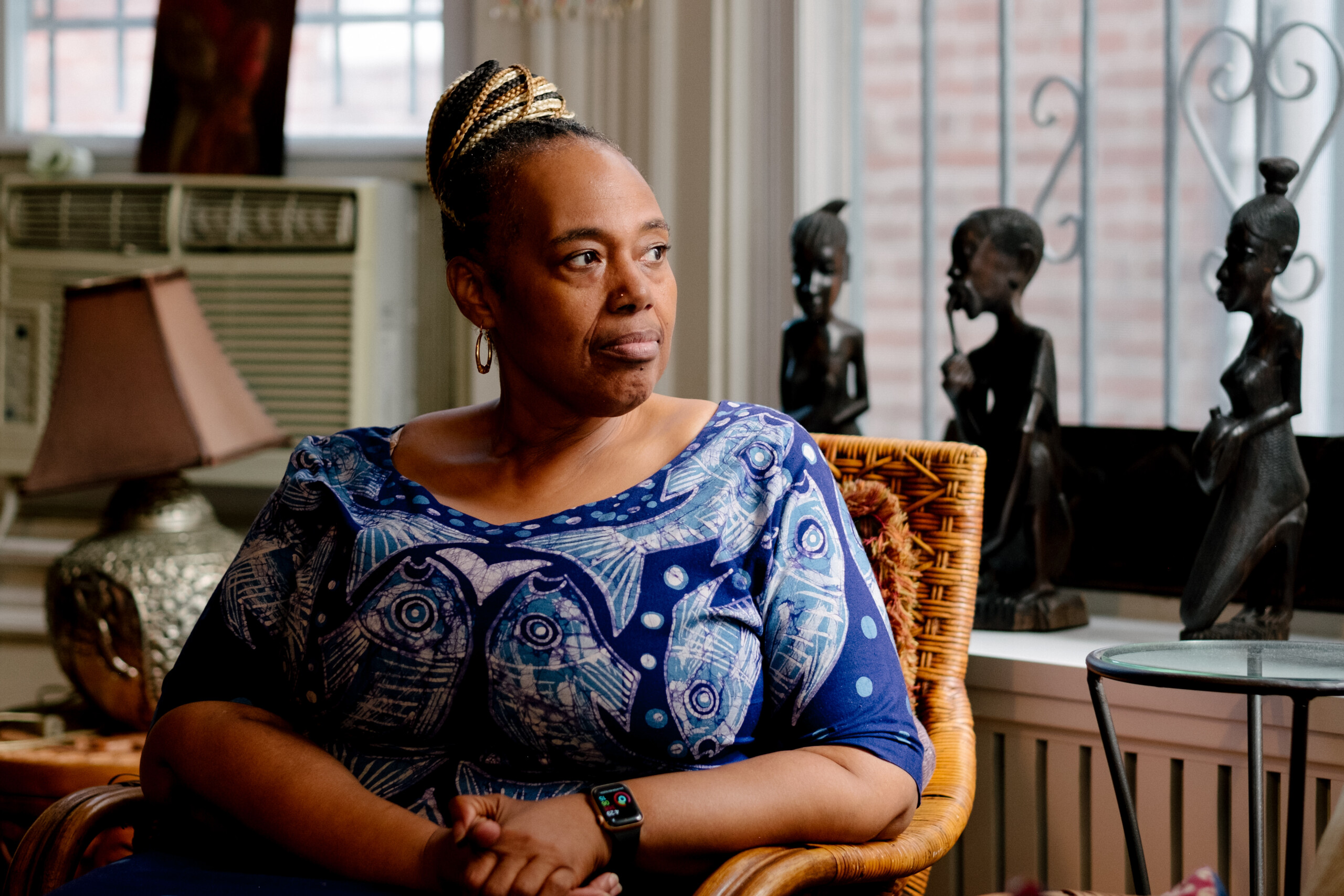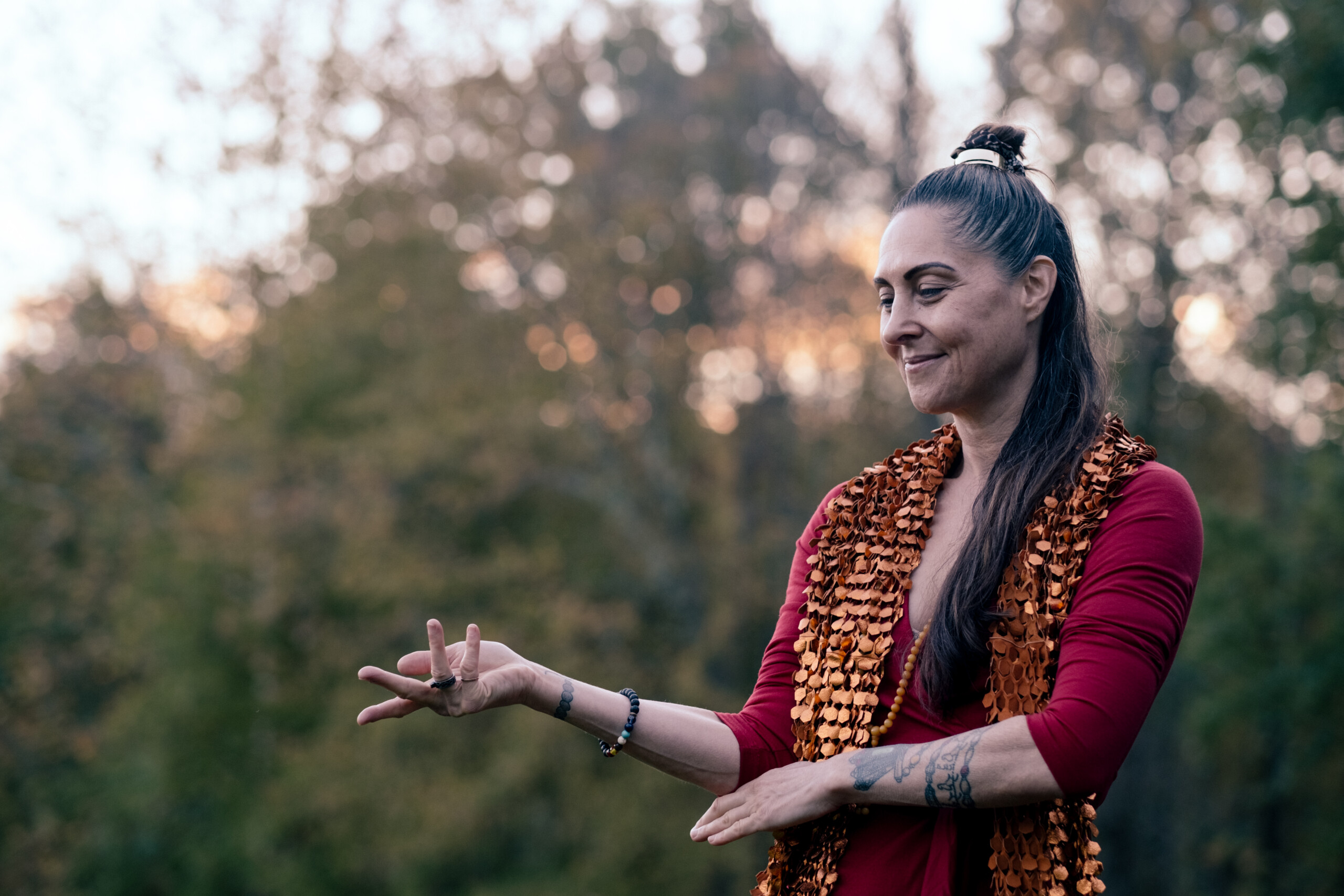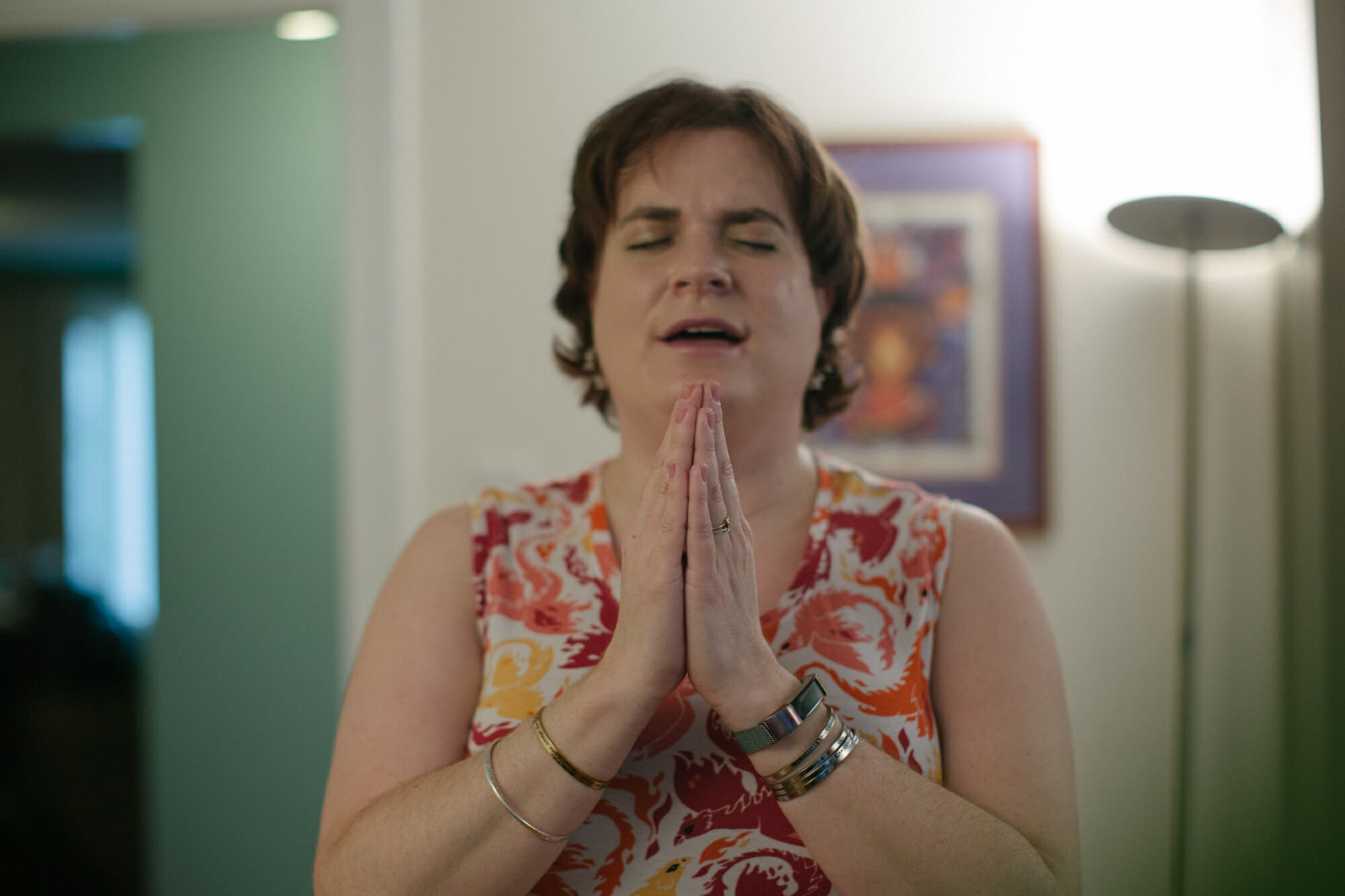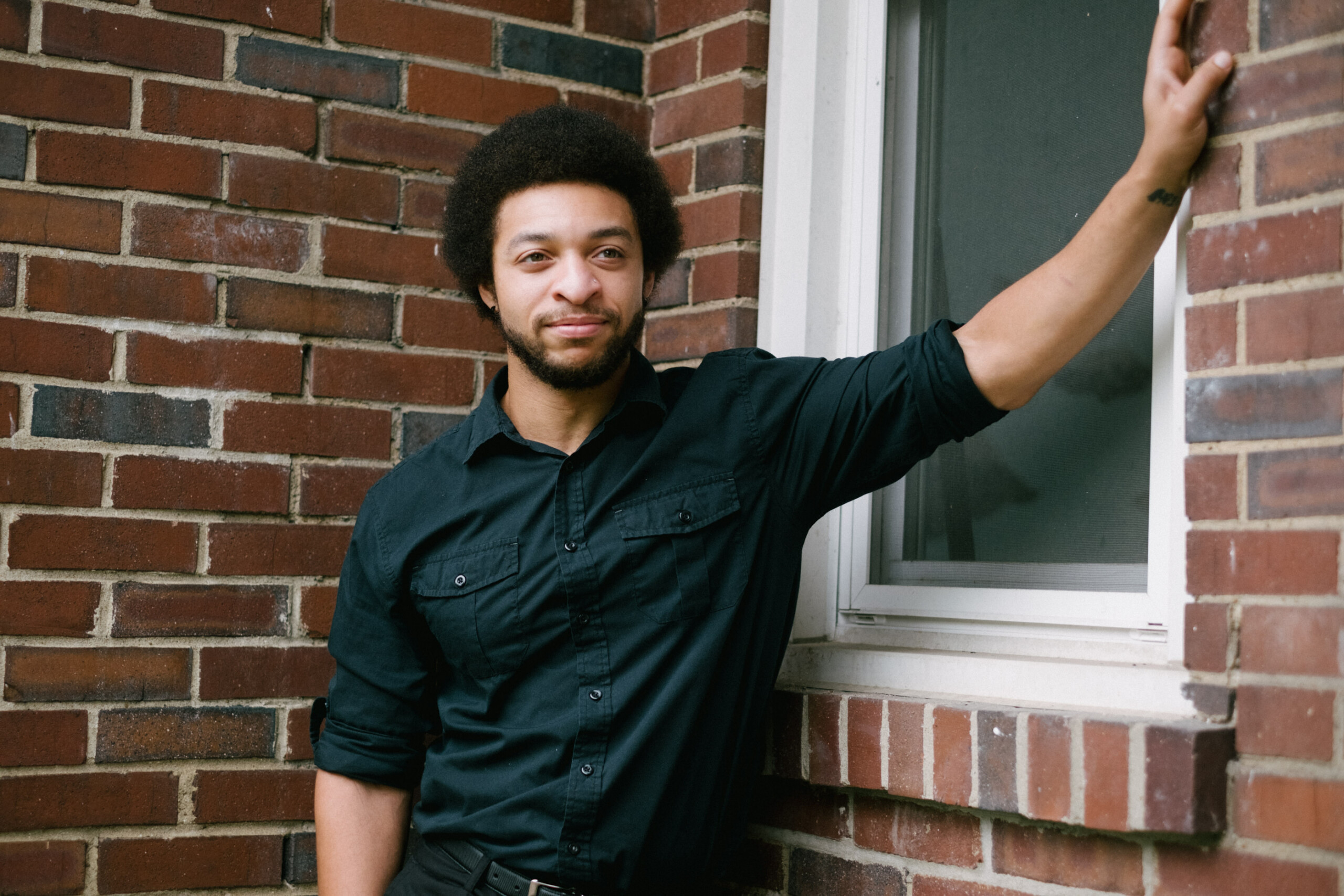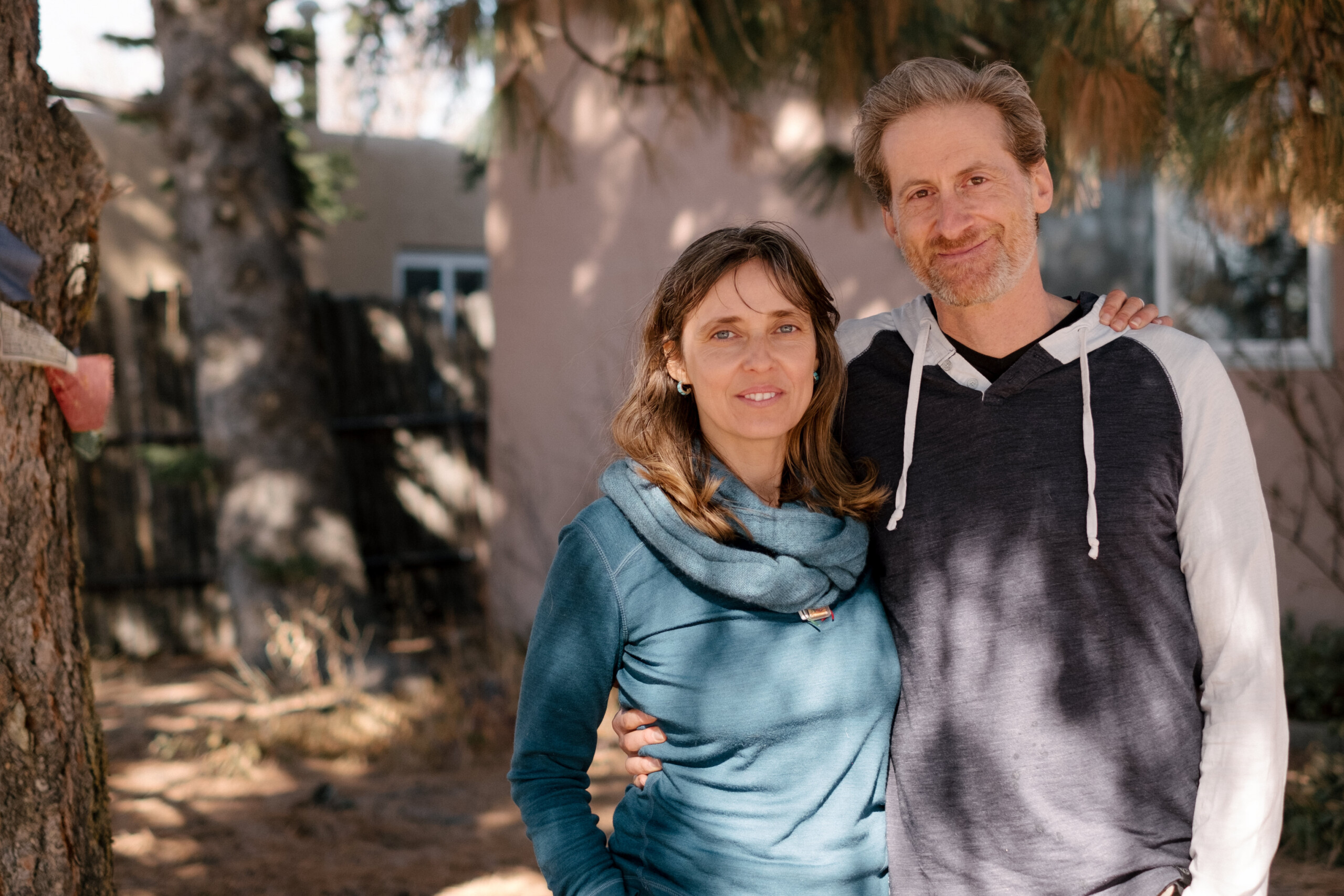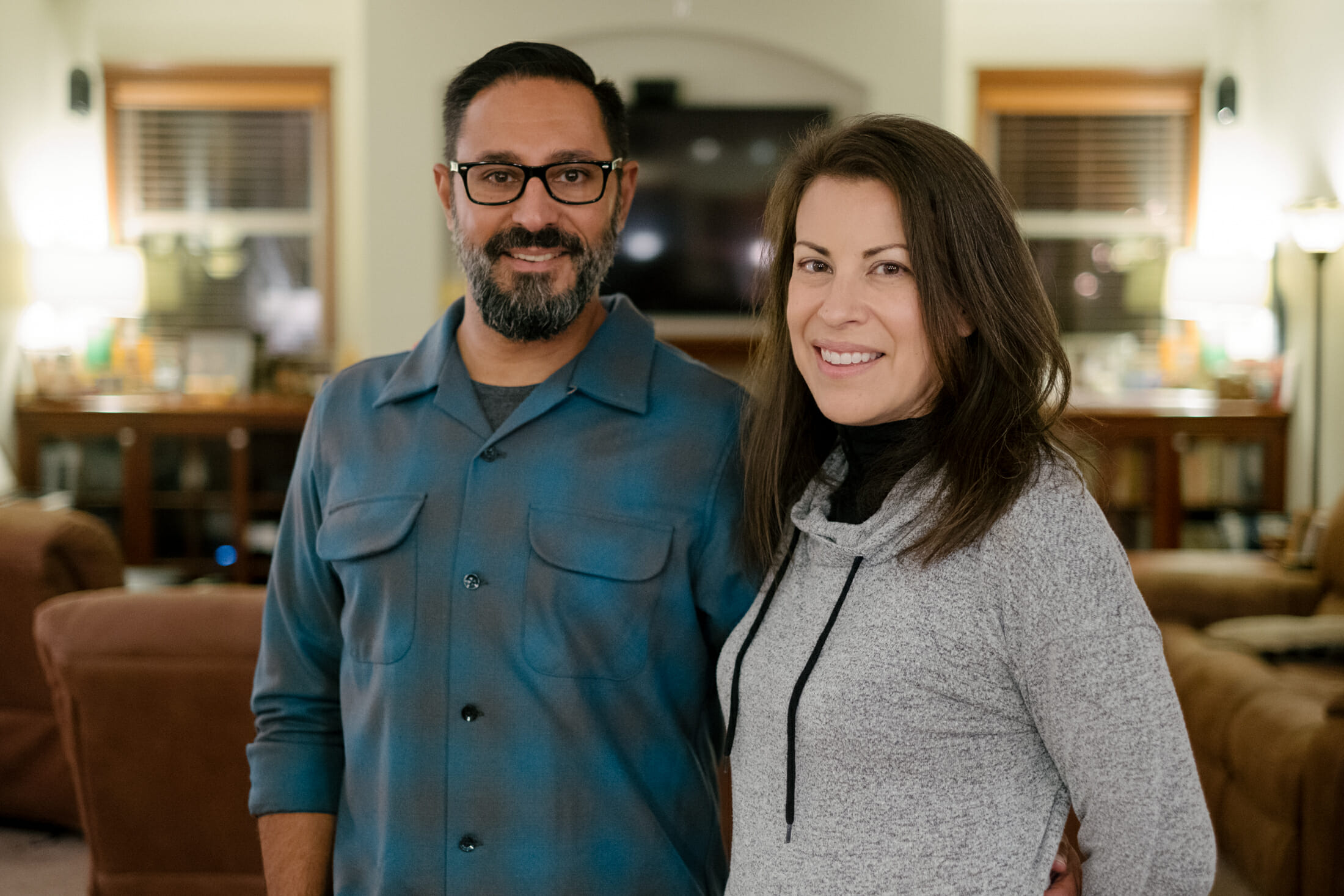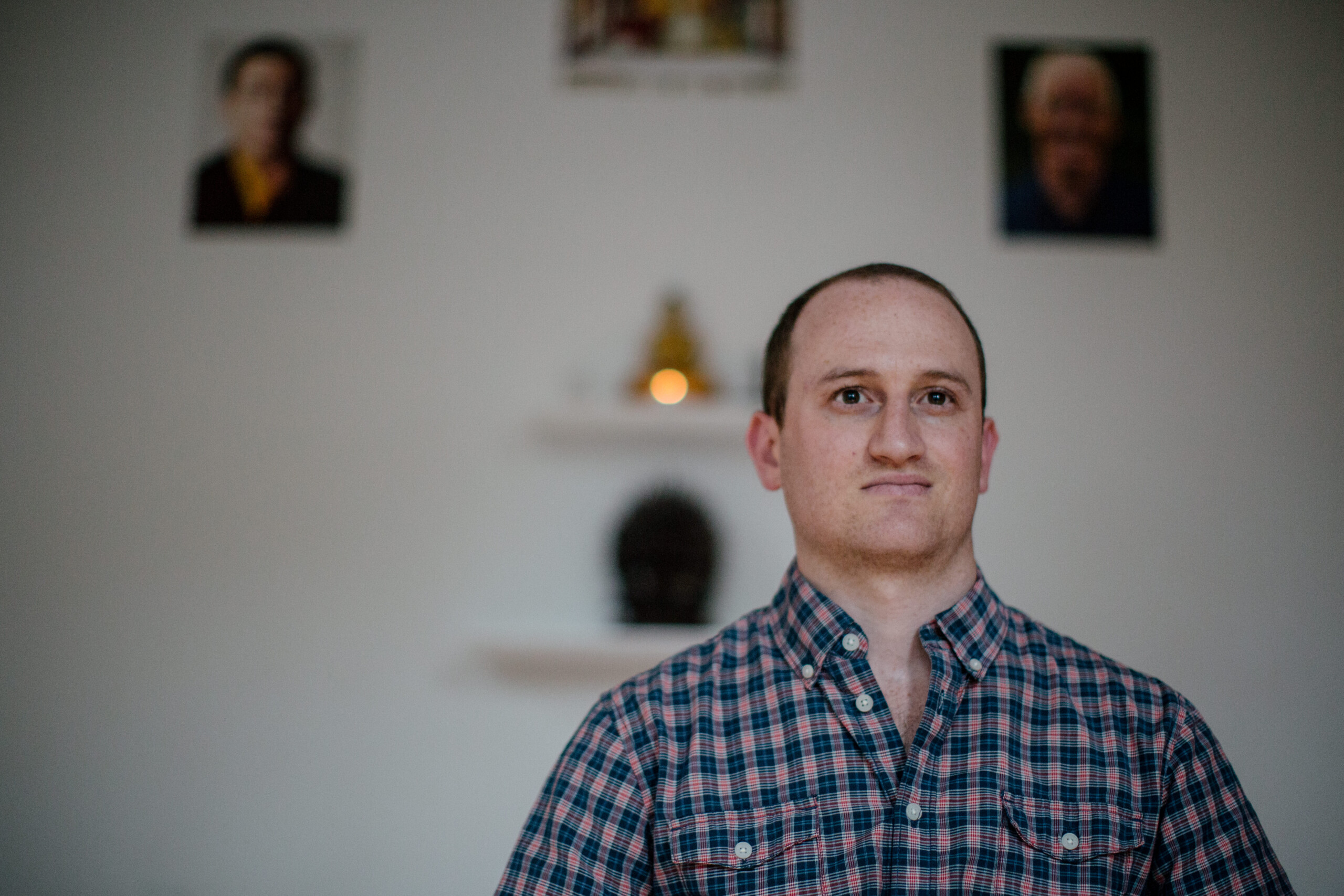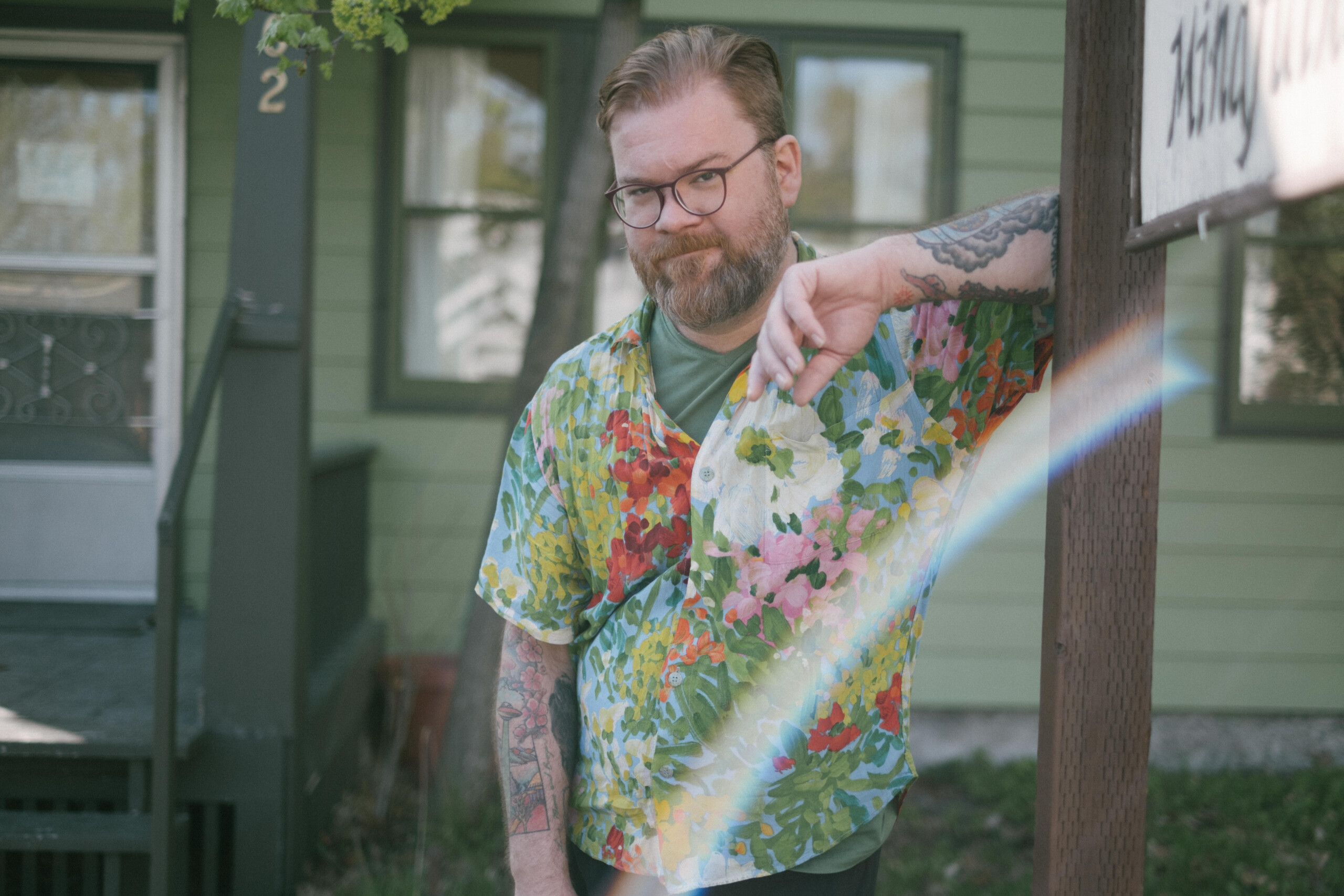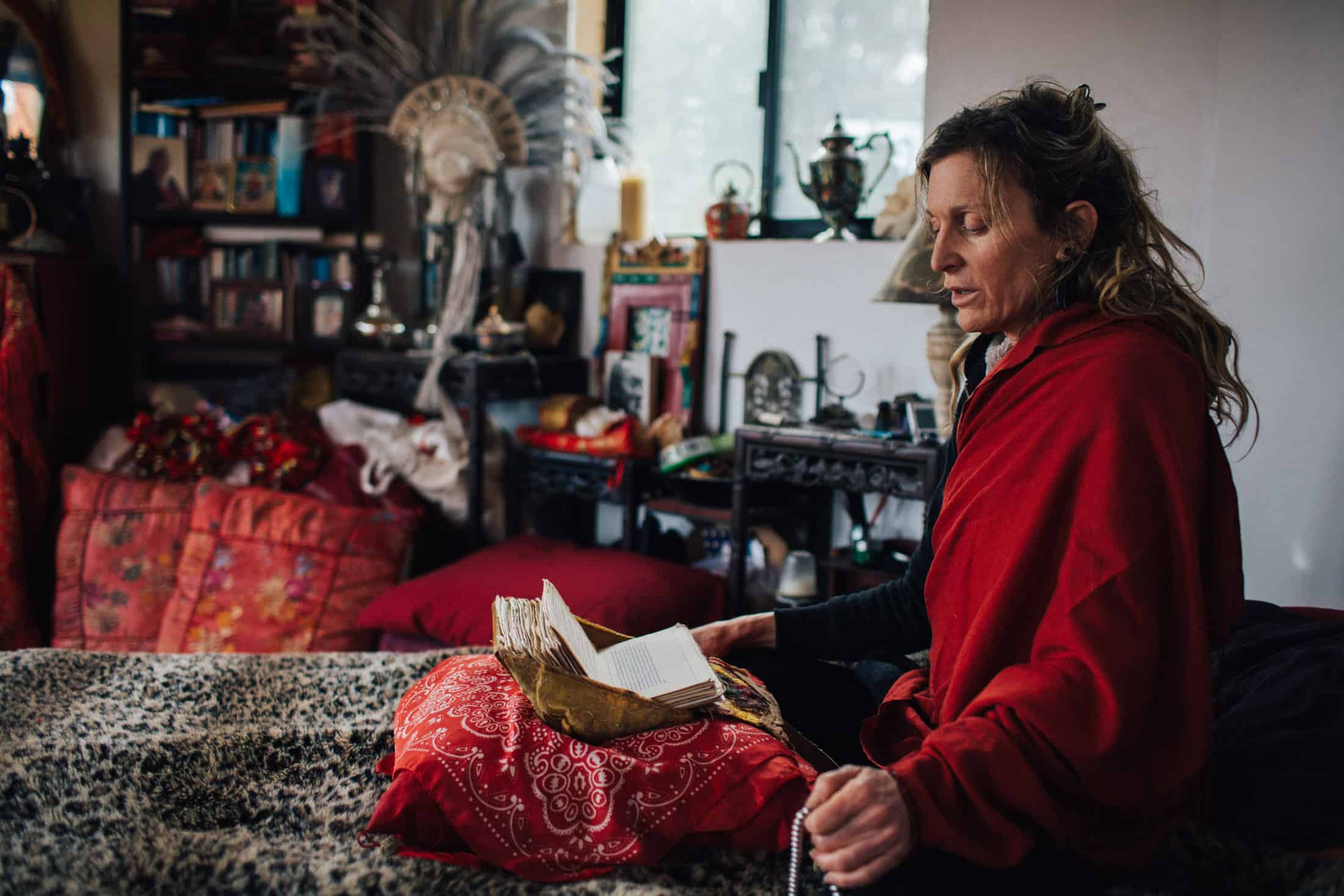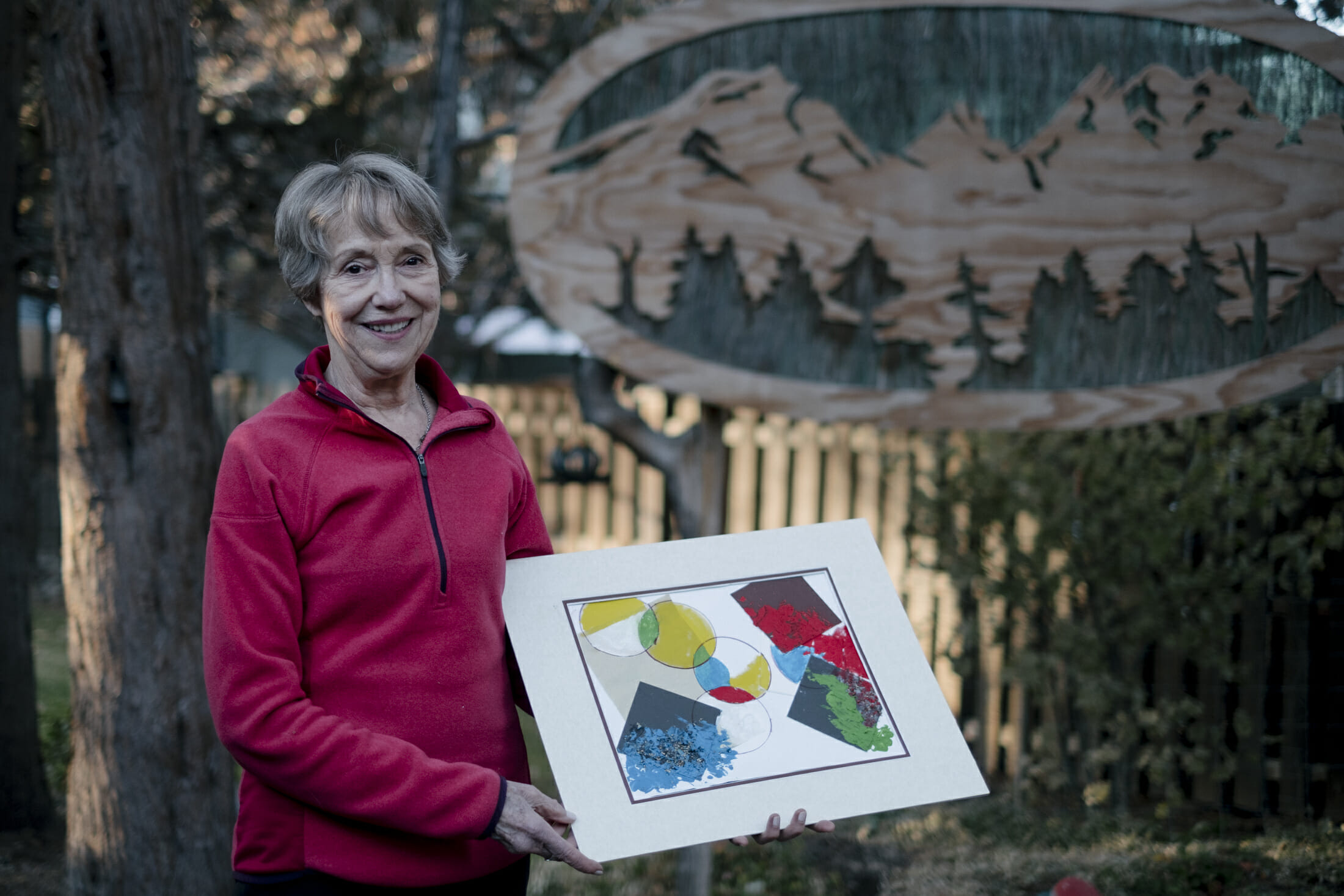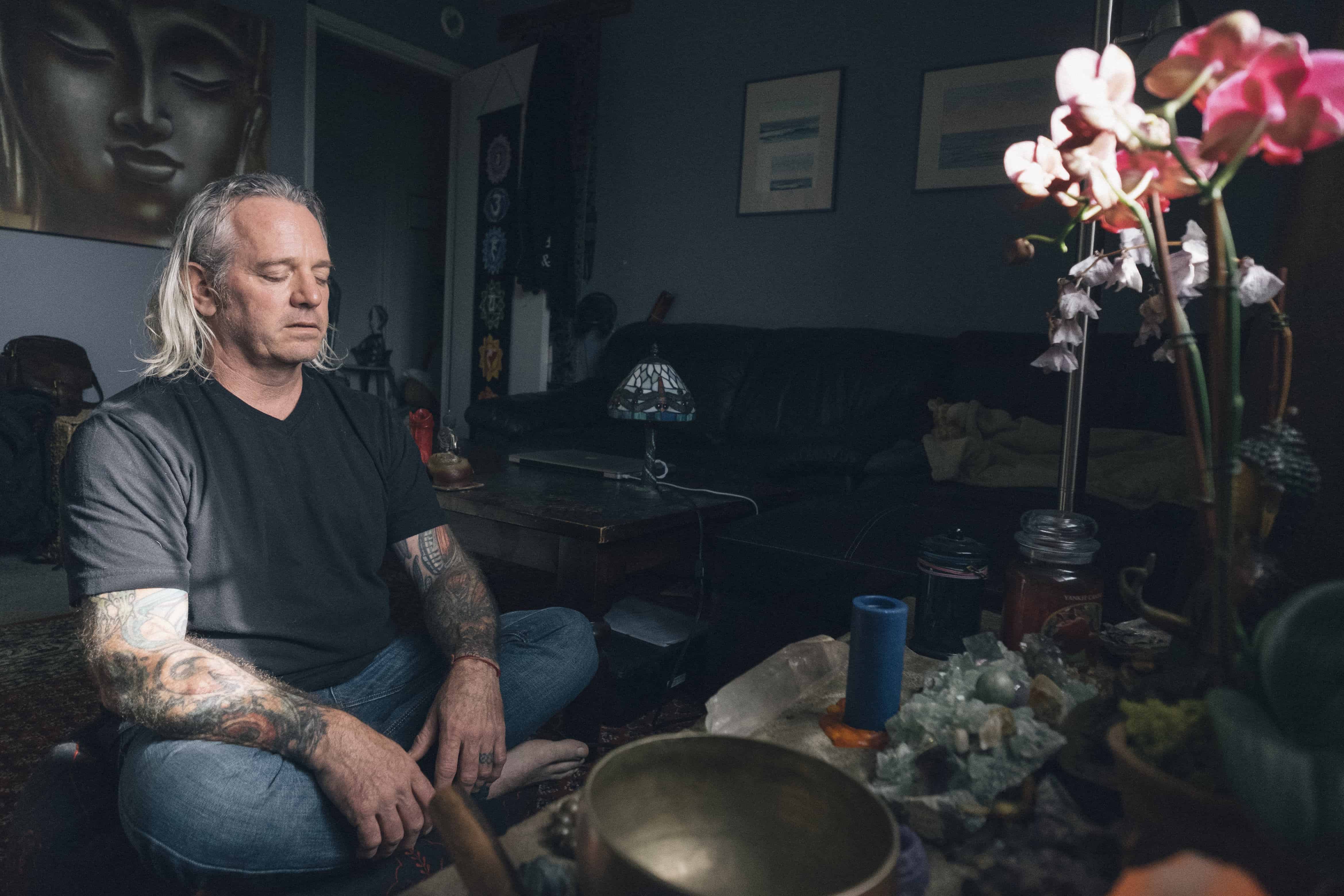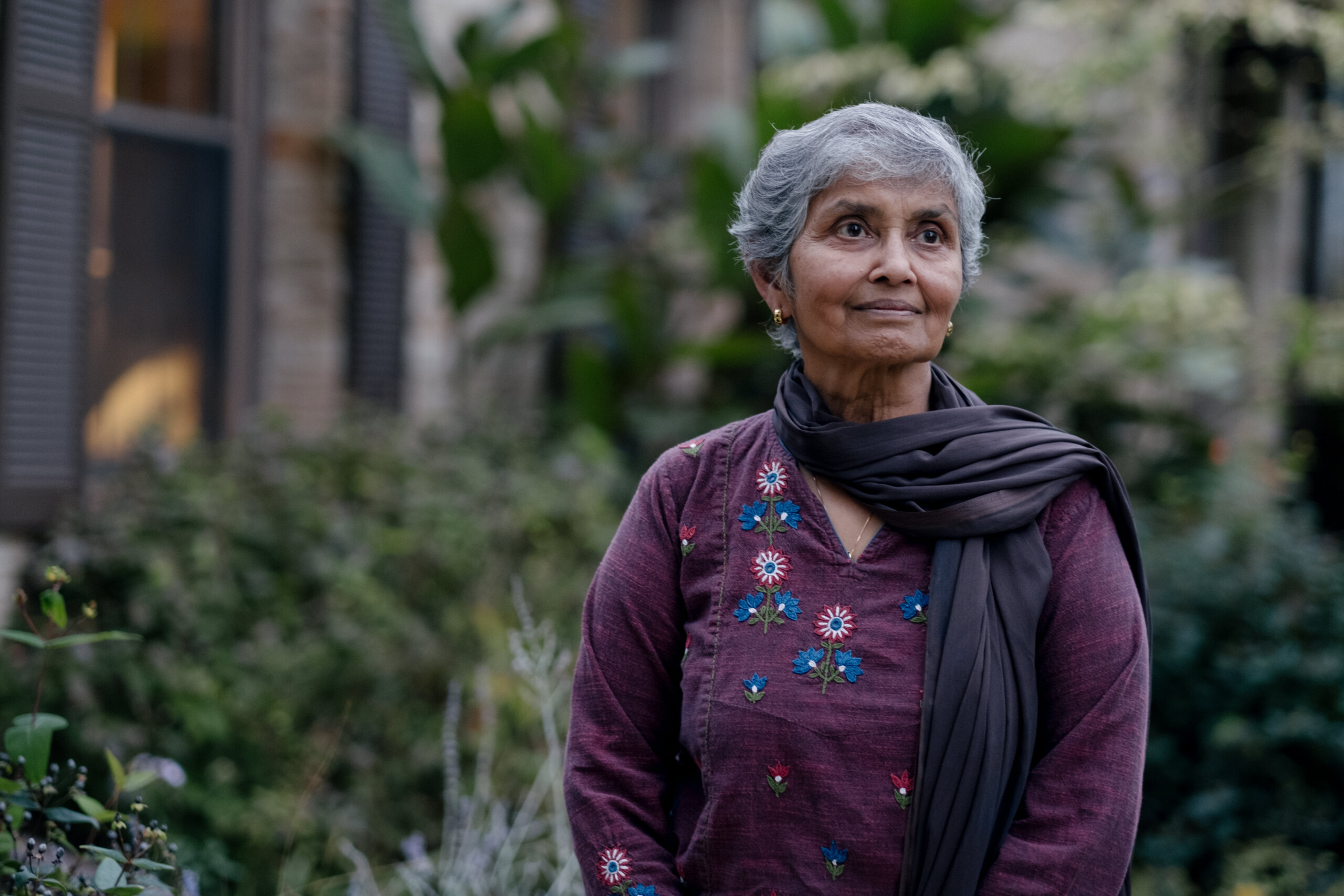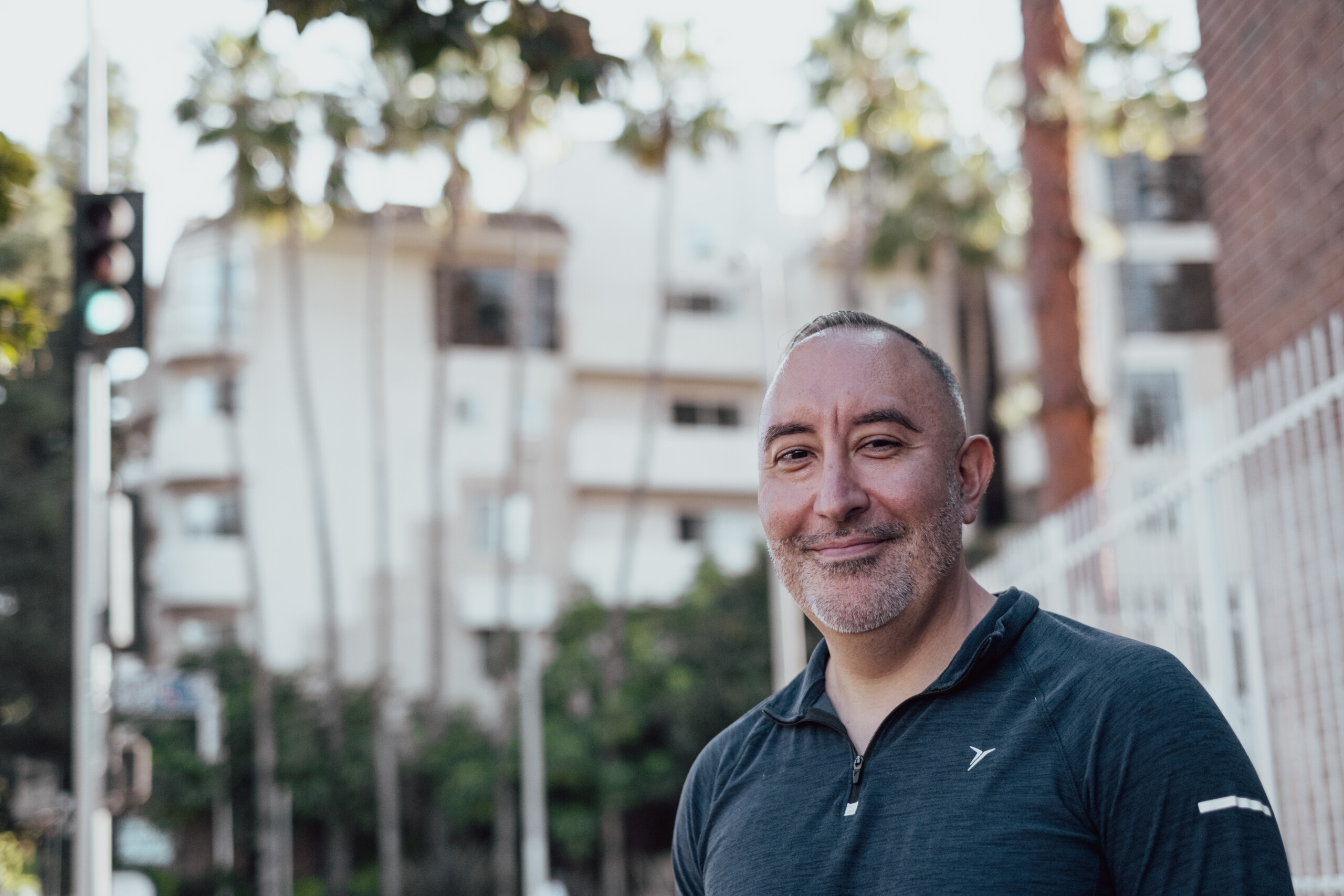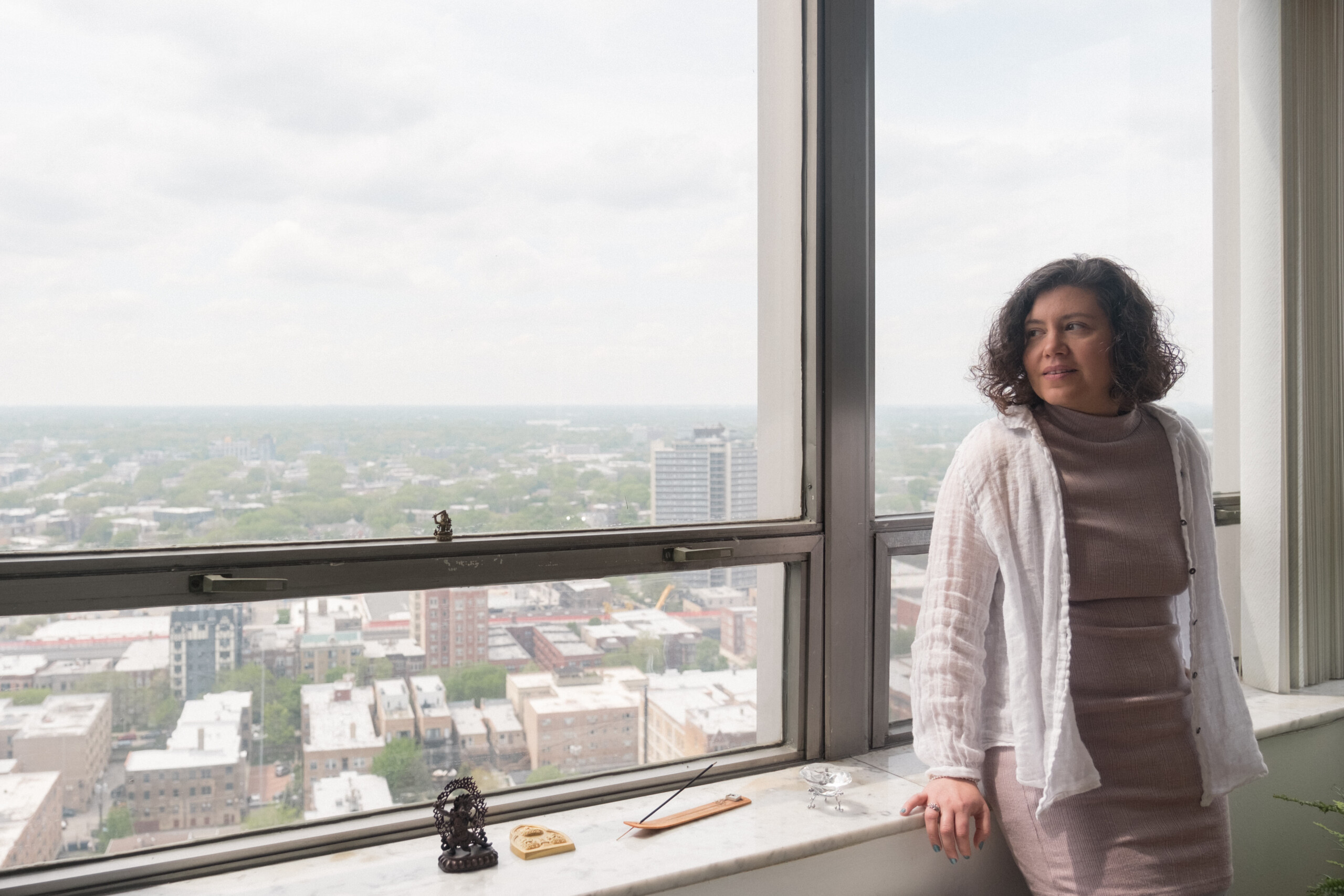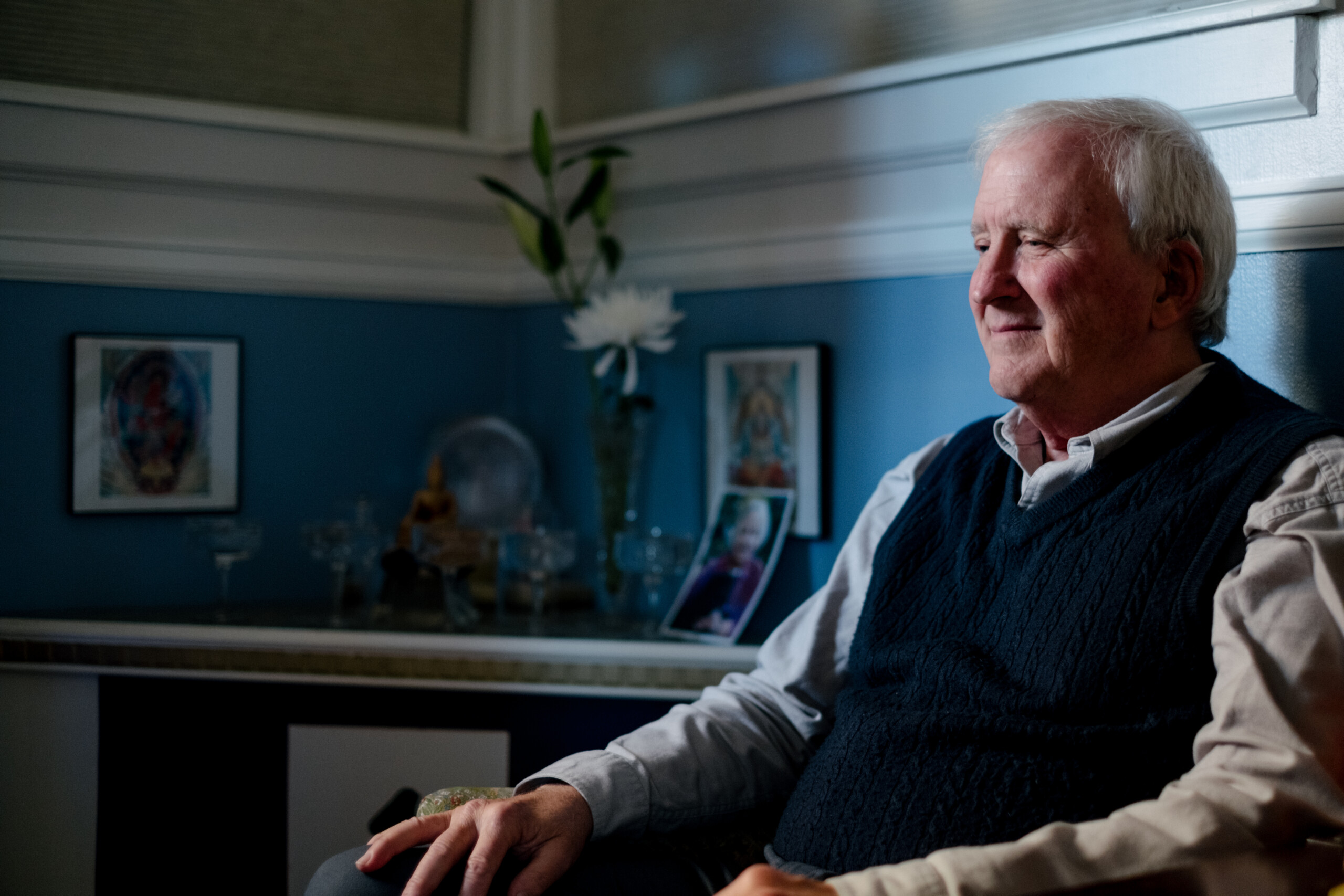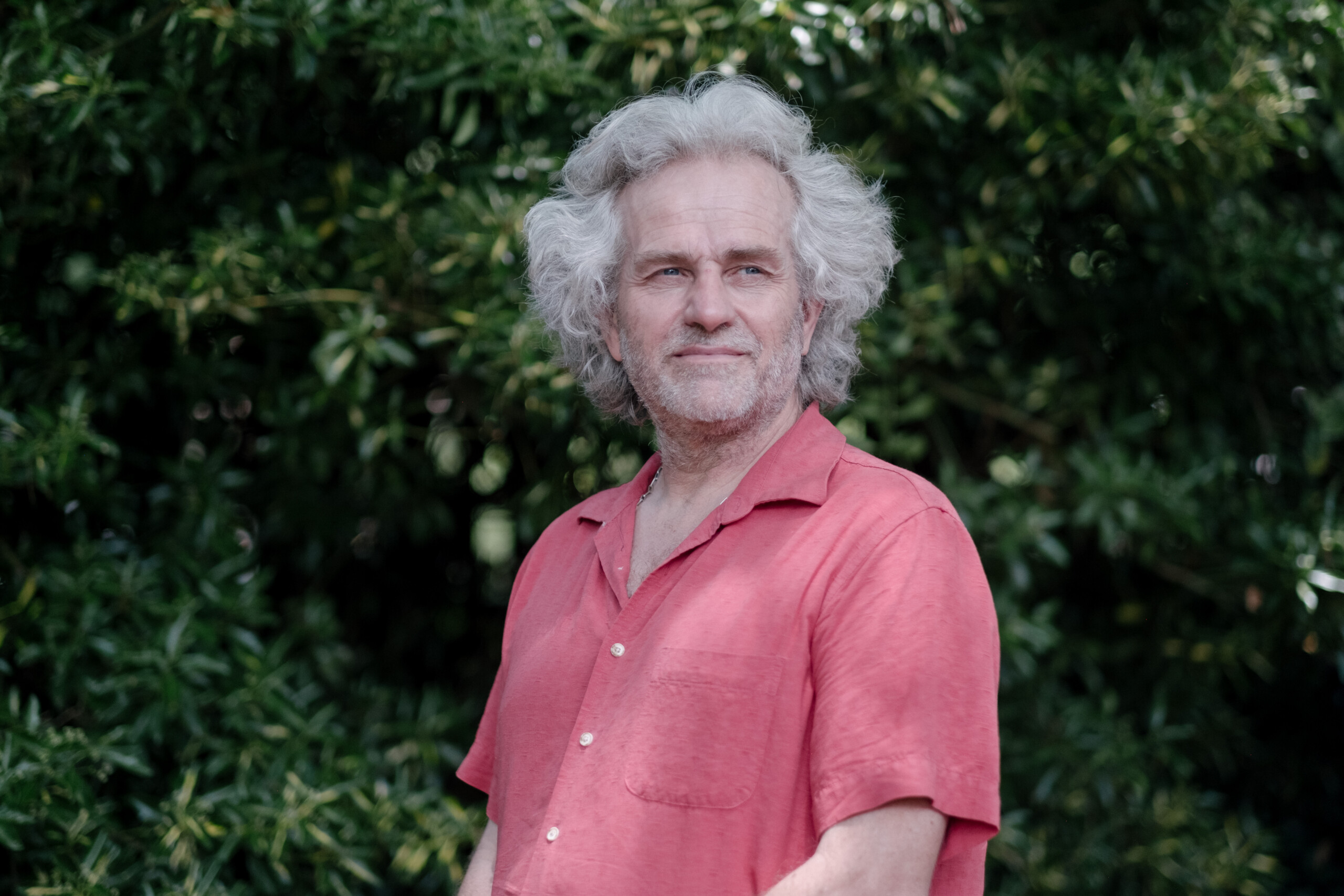Background
In the tumultuous era of the sixties, Sensie Michael, raised in southern Illinois, found himself drawn into an unexpected journey that intertwined the worlds of academia, jazz, and Zen. After pursuing a college education in design at the Illinois Institute of Technology in Chicago, he delved into teaching at both the University of Illinois and the School of the Art Institute. Amidst a failed first marriage and the burgeoning psychedelic culture of the time, he stumbled into Zen through a chance conversation with a jazz musician friend.
This encounter led Sensie Michael to the temple on Halsted Street, where he met Matsuoka Roshi, a Zen teacher who would become a significant influence in his life. Despite initial expectations, Matsuoka Roshi’s warm and humble demeanor resonated with Sensie Michael, providing stability during the turbulence of his personal life. However, his newfound Zen practice strained his first marriage, ultimately leading to separation and divorce.
In the seventies, Sensie Michael transitioned to Atlanta, marking a shift from academia to a design and development company. Despite facing ups and downs, his Zen practice remained a constant, anchoring him through life’s uncertainties. Matsuoka Roshi’s relocation to Long Beach maintained their connection, and they continued their teacher-student relationship over three decades, even meeting in Tokyo in 1989.
After Matsuoka Roshi’s passing in 1997, Sensie Michael faced challenges in formalizing his Zen credentials. With the support of influential figures like Okamura Roshi, Barbara Cohn, and Akiba Roshi, he navigated the process, ultimately joining the Zen Buddhist Association. The lineage of Matsuoka Roshi became a focal point of preservation, with efforts to document his teachings, publish collected talks, and explore his biography.
Reflecting on his Zen journey, Sensie Michael emphasized the importance of Zen as a do-it-yourself practice, resonating with the American mindset. Drawing parallels between Zen and his background in design, he highlighted the immersive nature of both practices in the exploration of consciousness.
In his later years, Sensie Michael delved into visual arts, particularly watercolor and sumi ink painting. Embracing a fluid and spontaneous approach, he likened the process to a dance with the elements, creating artworks that surprise both himself and viewers. Through these creative endeavors and his continued commitment to Zen, Sensie Michael remains dedicated to preserving and extending the legacy of Matsuoka Roshi, believing that Zen’s rebirth may find its roots in the American spirit of self-reliance and exploration.
Lineage
In the perspective of Sensie Michael, the text discusses the challenges and responsibilities associated with transmitting Zen teachings and maintaining lineage in the Western context. Sensie Michael expresses concerns about self-anointed teachers and emphasizes the importance of finding a true teacher. The narrative delves into the apprenticeship model of Zen training, drawing parallels to traditional guilds. The text explores the role of lineage as a form of credentialing in a society that values credentials. Sensie Michael touches on the ritualistic aspects of Zen training, such as the chanting of ancestral names and the creation of certificates. The discussion also highlights the adaptation of Zen practices to Western cultural norms, reflecting a blend of traditional and contemporary approaches. Overall, Sensie Michael emphasizes the significance of the lineage in passing down the teachings while acknowledging the need for innovation and adaptation in a Western context.
Adapting to West
In Sensie Michael’s perspective, the discussion centers on the propagation of Soto Zen in the West, drawing parallels with retail location strategies. Sensie Michael reflects on the contrast between the vast number of temples in Japan and the practical, user-friendly approach adopted in the West. He likens the Western model to the convenience of a 7-Eleven, emphasizing accessibility and community engagement over the traditional monastic model. The narrative delves into the challenges of starting new groups and the importance of training practice leaders who can guide meditation sessions, lead Dharma discussions, and conduct Zen ceremonies. Sensie Michael outlines a step-by-step training path, incorporating the significance of lineage in formal ceremonies, such as the giving of precepts. The goal is to make Zen practice accessible while maintaining a balance between tradition and adaptation to Western cultural norms.
Mindfullness Movement
In Sensie Michael’s perspective, he likens the various spiritual traditions to tributaries leading to the ocean of Zen. Drawing inspiration from Daoism, he sees Zen as a deep and foundational practice, emphasizing simplicity and the direct experience of sitting still. Sensie Michael highlights that individuals often come to Zen after exploring other traditions, and he acknowledges the diversity of paths that lead to Zen. He expresses the idea that Zen is irreducibly simple—its essence lies in the act of sitting still. He draws parallels with his experience in the musical instrument industry, where the approach to learning varied based on parents’ musical background. Sensie Michael believes that those with experience in Zen recognize its fundamental simplicity, emphasizing the importance of experiential learning over theoretical study. He suggests that in Zen, one’s experience comes first, and the understanding of Buddhist philosophy may follow the practice.
Retreats
In recounting Matsuoka’s approach to retreats, Sensie Michael shares that during the 1960s, Matsuoka did not conduct retreats in the traditional sense. They primarily had regular Sunday sessions and occasional events together. When Sensie Michael later explored the idea of incorporating retreats, he initially questioned their importance, leaning more towards qualitative practice than quantitative. However, recognizing the inherent connection between the qualitative and quantitative aspects in Zen, he decided to experiment with retreats. Initially starting with two-day retreats and gradually extending to five days, Sensie Michael observed that the longer retreats provided a unique opportunity for participants to overcome mental hurdles and truly immerse themselves in the practice.
He draws a parallel with music, describing the crescendo form in Zen retreats, where extended periods intensify the practice. Sensie Michael acknowledges the inherent structure in Zen and emphasizes the importance of experiential learning. He encourages students to design their own practice plans, reflecting his belief that individualized approaches are more effective.
Sensie Michael also challenges the notion of having to do zazen or retreats, asserting that such obligations may stem from a Puritan mystic streak in American culture. He believes that Zen is something individuals get to do, not something imposed on them. He critiques the idea of “having to” do anything in Zen, asserting that the practice is a choice that allows practitioners to divest themselves of mental baggage rather than a mandatory discipline.
Teaching
In reflecting on his early days of teaching, Sensie Michael shares that he initially imitated Matsuoka Roshi’s approach but soon realized that his students did not respond the way he had expected. Stressing the importance of flexibility in imitating teachers, he emphasizes the need for practitioners to innovate eventually. Sensie Michael’s training, influenced by formal protocols learned from Barbara in Austin, Texas, and attributed to Eiji, involved specific rituals and protocols. He describes the significance of each gesture, highlighting the logic behind various forms.
While acknowledging the depth and breadth of his training, Sensie Michael points out that the real training in Soto lies in meditation. Over almost 50 years, he notes a change in his practice and teaching style, indicating a shift from relying on written records to a more spontaneous and flexible approach. Sensie Michael adopts various talk styles, ranging from spontaneous audience interaction to book report-type talks, tailoring them to his own evolving understanding.
He draws parallels with the trajectory of Buddhist teachings, noting that as one’s personal experience deepens, the ability to teach becomes more eloquent. Sensie Michael emphasizes the correlation between personal experience and teaching authority in Zen, asserting that authority in Zen comes from one’s own experience rather than external credentials. He notes the importance of maintaining credibility and recognizing the potential impact on students’ trust if credentials are questioned.
Zen and Art
In contemplating the relationship between art and Zen philosophy, Sensie Michael delves into the idea that the medium itself communicates a message, echoing Marshall McLuhan’s perspective. He emphasizes allowing the medium to express itself while maintaining some level of control. Sensie Michael draws parallels between his artistic process and Zen practice, highlighting the challenge of transcending ego and self in both domains.
Discussing the parameters of control, Sensie Michael explores the impact of working on different scales, comparing the challenge of painting on small canvases to larger ones. He touches on intentional marks of human control, acknowledging the questioning of ego in both art and Zen. Sensie Michael emphasizes the importance of testing the success of artistic expression through the reaction of others, suggesting that true art transcends individual perspectives.
He describes his artistic method, including the intentional use of non-absorbent panels and plexiglass, allowing for the flexibility to wash off and start over if needed. Sensie Michael reflects on the relationship between artist and audience, noting that each viewer perceives the art uniquely based on their individual experience.
Exploring the question of where art exists, Sensie Michael likens it to the truth of Zen, suggesting that it resides somewhere between the object and the observer. He underlines the collaborative nature of creating art, considering external parameters such as gallery assignments. Sensie Michael also draws parallels between artistic creativity and the challenge of propagating Zen, emphasizing the importance of how these practices are presented and packaged.
In considering the essence of art, Sensie Michael contends that creativity lies in finding new combinations rather than creating entirely new entities. He reflects on the evolution of traditional forms of art, such as hanging paintings, and the continuous search for meaningful work. Sensie Michael asserts that art and Zen both go beyond thinking, relying on intuition and direct experience to convey meaning and trigger insights. He views art as a mirror reflecting reality, akin to the Zen mirror reflecting one’s mind.
Zen and Creativity
In the 1960s, Sensie Michael found himself in his twenties in Chicago during the LSD revolution, a period marked by cultural shifts. He was hired to teach at the University of Illinois Chicago Circle and the School of the Art Institute. His mid-twenties, mirroring Doug’s journey to China, became a formative period. Sensie Michael’s introduction to Zen meditation came after his foundation in yoga and various meditation practices.
He noticed the beauty in accidental patterns during meditation and translated this awareness into his lithography work, embracing the unexpected. Sensie Michael draws parallels between the immersive nature of Zen meditation and the immersion in artistic mediums like watercolor, emphasizing the act of making the familiar strange as the heart of creativity.
Reflecting on traditional approaches to painting, including ink painting with Zen expressions, Sensie Michael discusses the importance of flexibility in mind, evolving from imitation to innovation. He introduces chance processes in both design and traditional Eastern painting, emphasizing the need for patience, humility, and a willingness to let go of control in the creative process.
Sensie Michael highlights the transformative nature of meditation, making the familiar strange, and draws connections between Zen and the creative process. He shares the importance of patience and humility in both practices, describing them as immersion processes where every session or creation is unique. The concept of sound and harmony in Chinese poetry is referenced, emphasizing the interplay of sameness and difference in both meditation and creative endeavors.
Zen in the South
Sensie Michael recounts receiving numerous invitations from various religious organizations, including MLK Day events, Methodist Presbyterian Church, Unity Church, Unitarian churches, and Catholic churches. He has participated in combined weddings with Catholic priests and engaged in interfaith work, hosting ministers, rabbis, and priests for meditation sessions. These invitations, often stemming from a desire to understand and incorporate meditation into their traditions, highlight a recognition among religious leaders that meditation holds a place in their past but has been largely forgotten.
While some conservative groups express concerns about meditation, associating it with potential negative influences, most religious communities, including Unitarians and even Southern Baptists, have shown openness to Sensie Michael’s teachings. Over the years, attitudes have evolved, with meditation becoming more widely accepted and practiced within congregations. Despite occasional resistance, particularly regarding practices like yoga in schools, Sensie Michael believes that such pushback represents a form of ignorance that will likely diminish with time.

